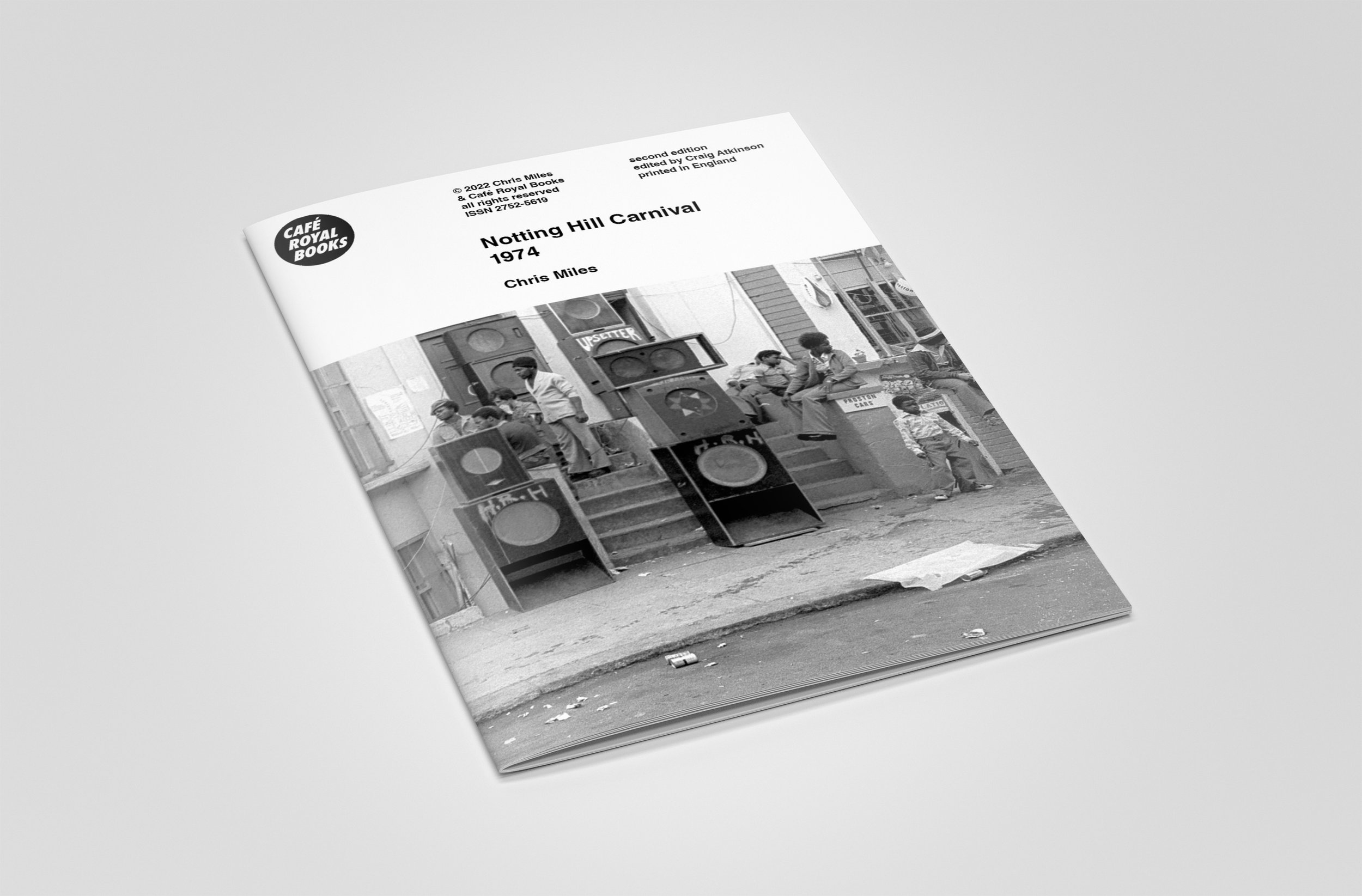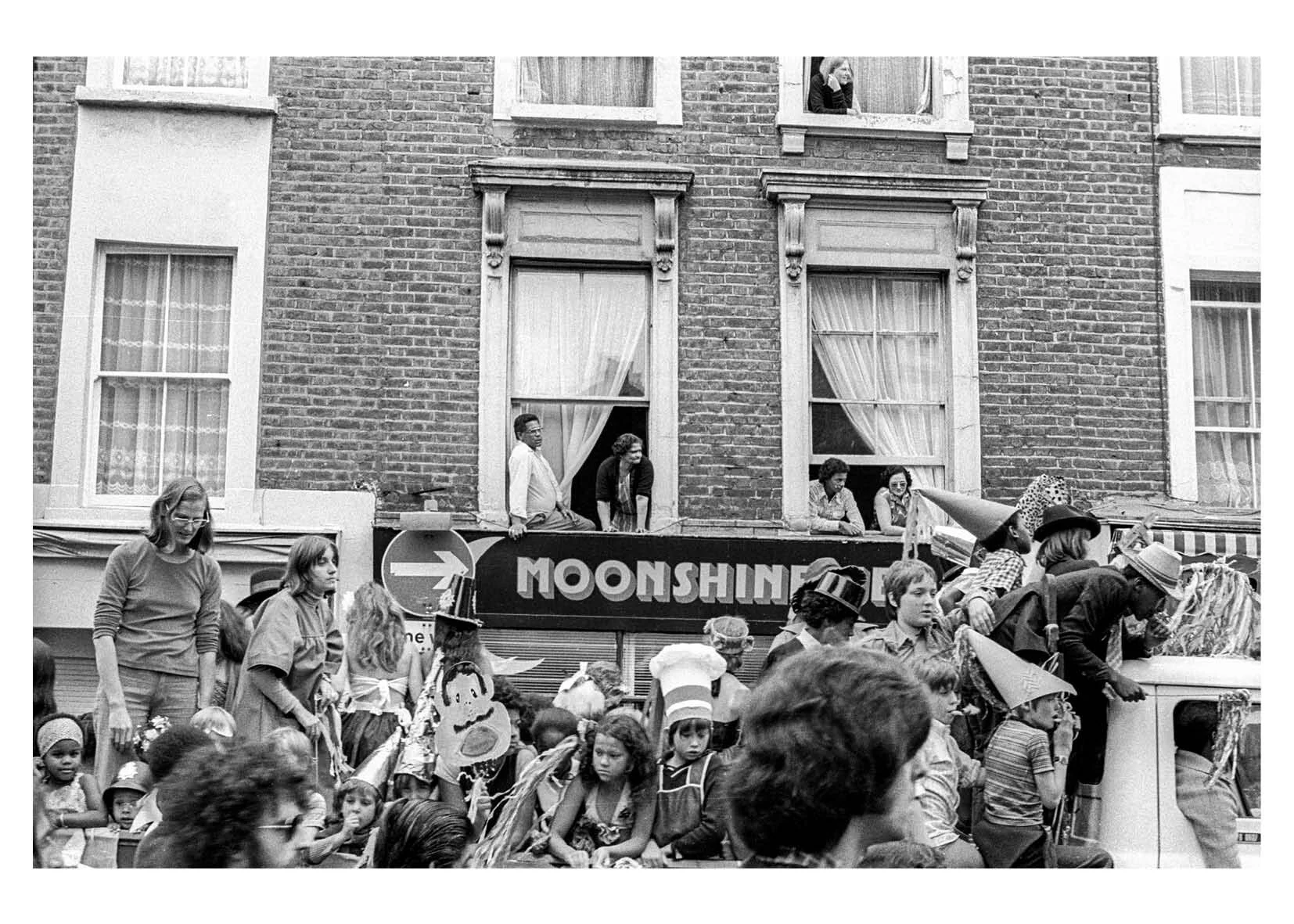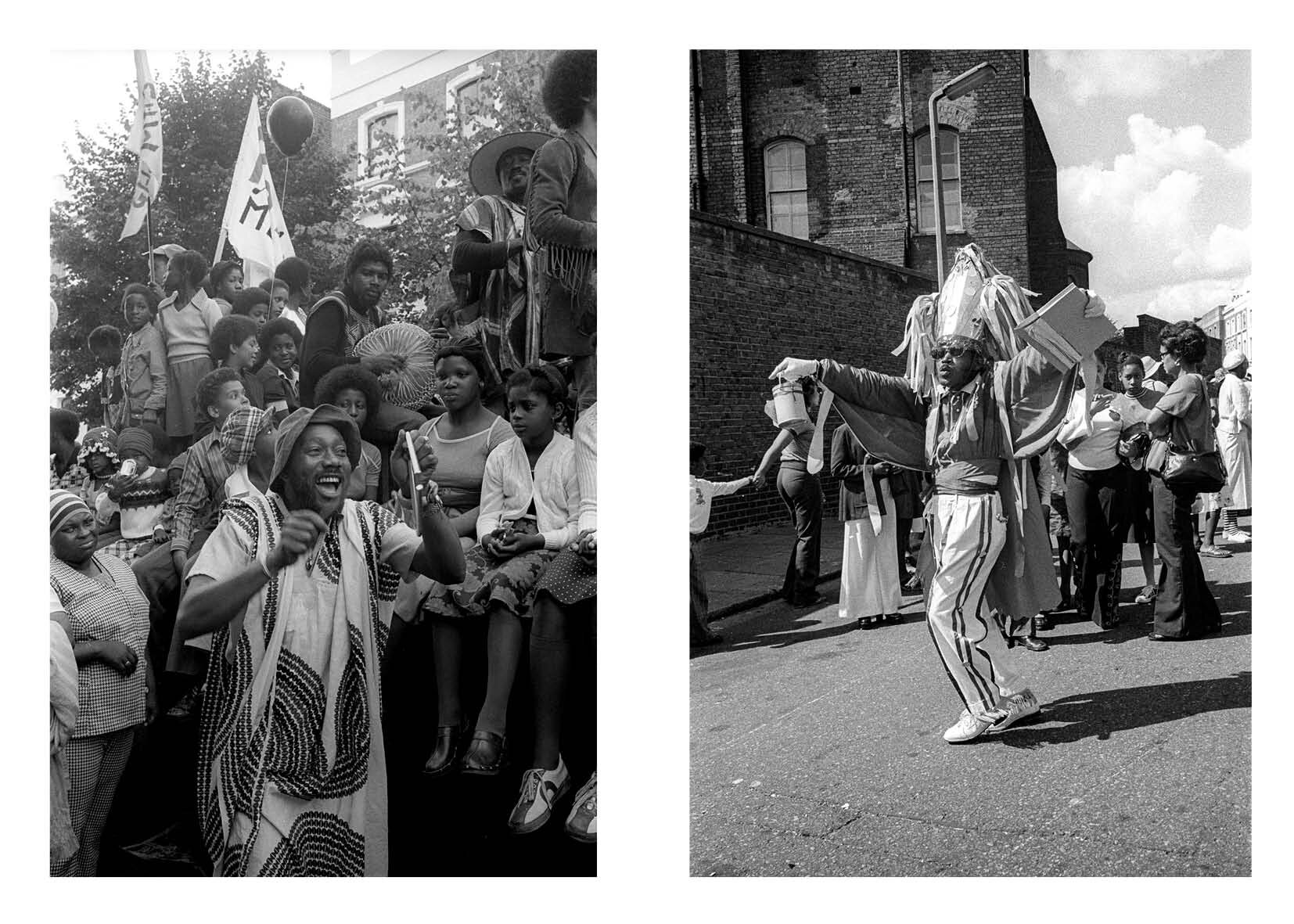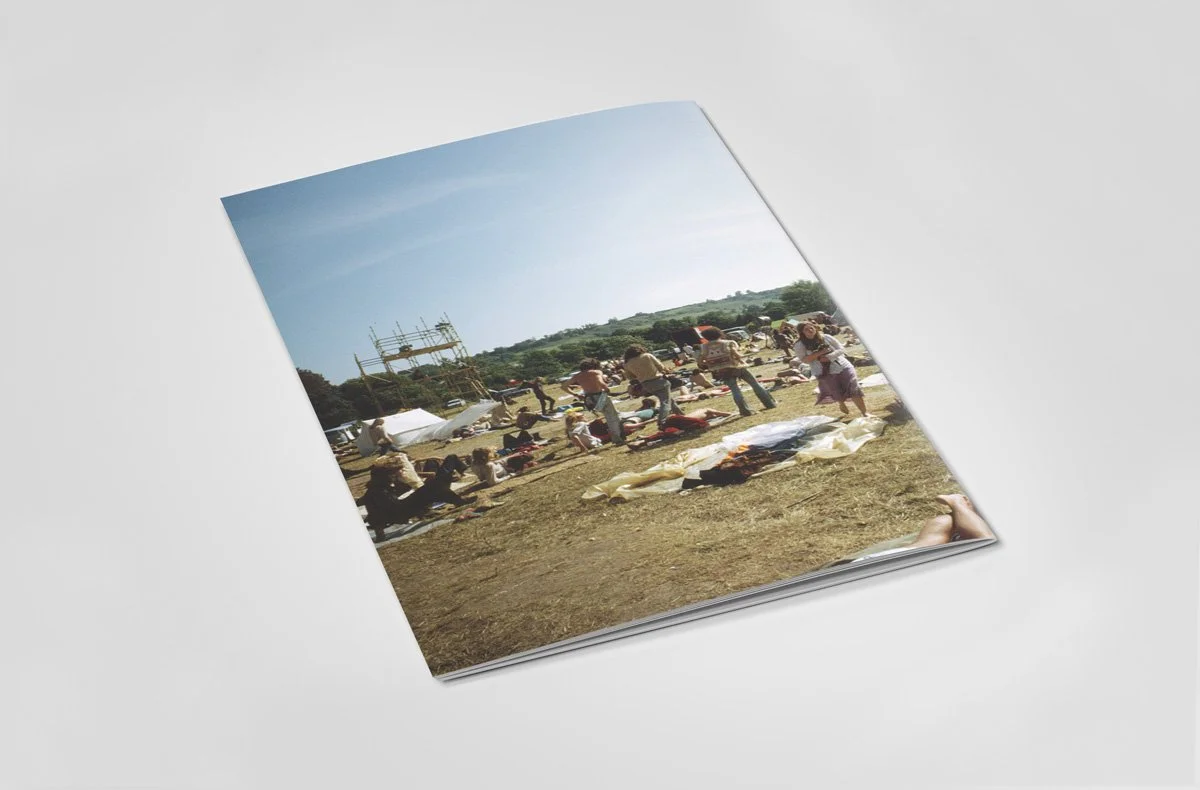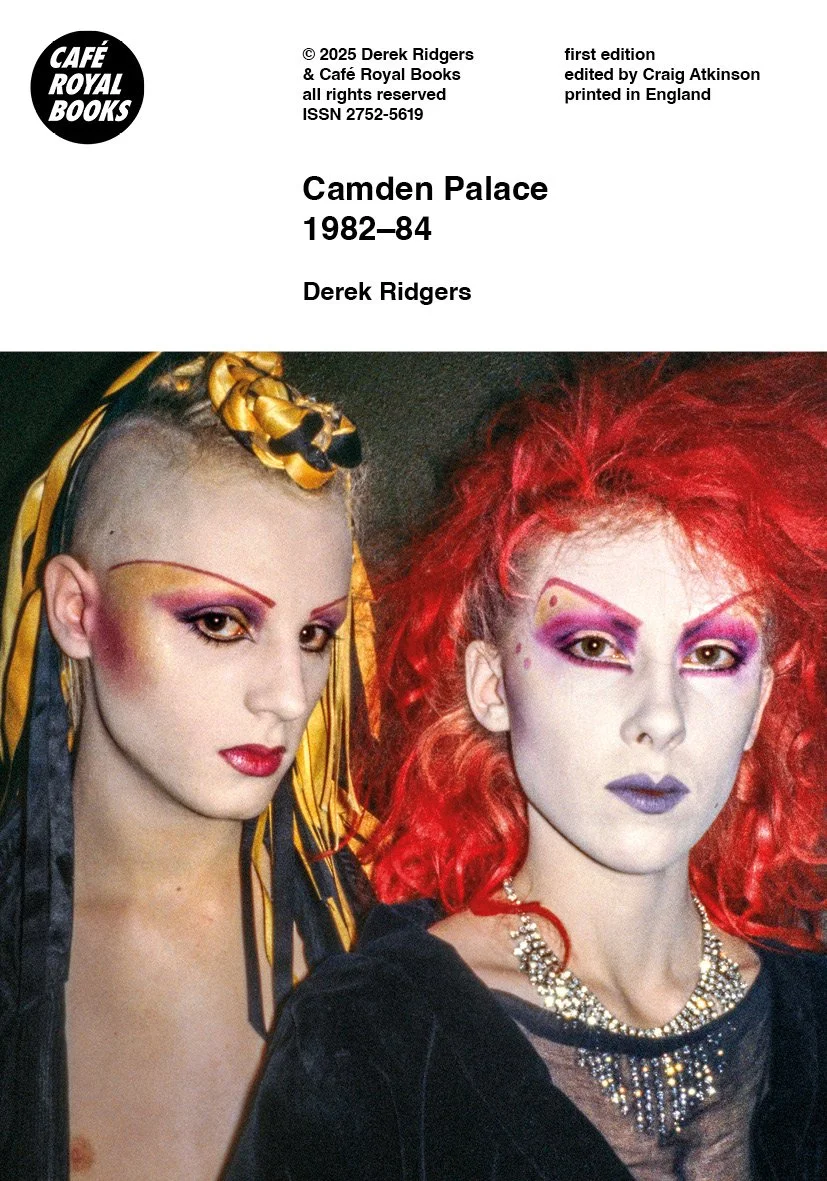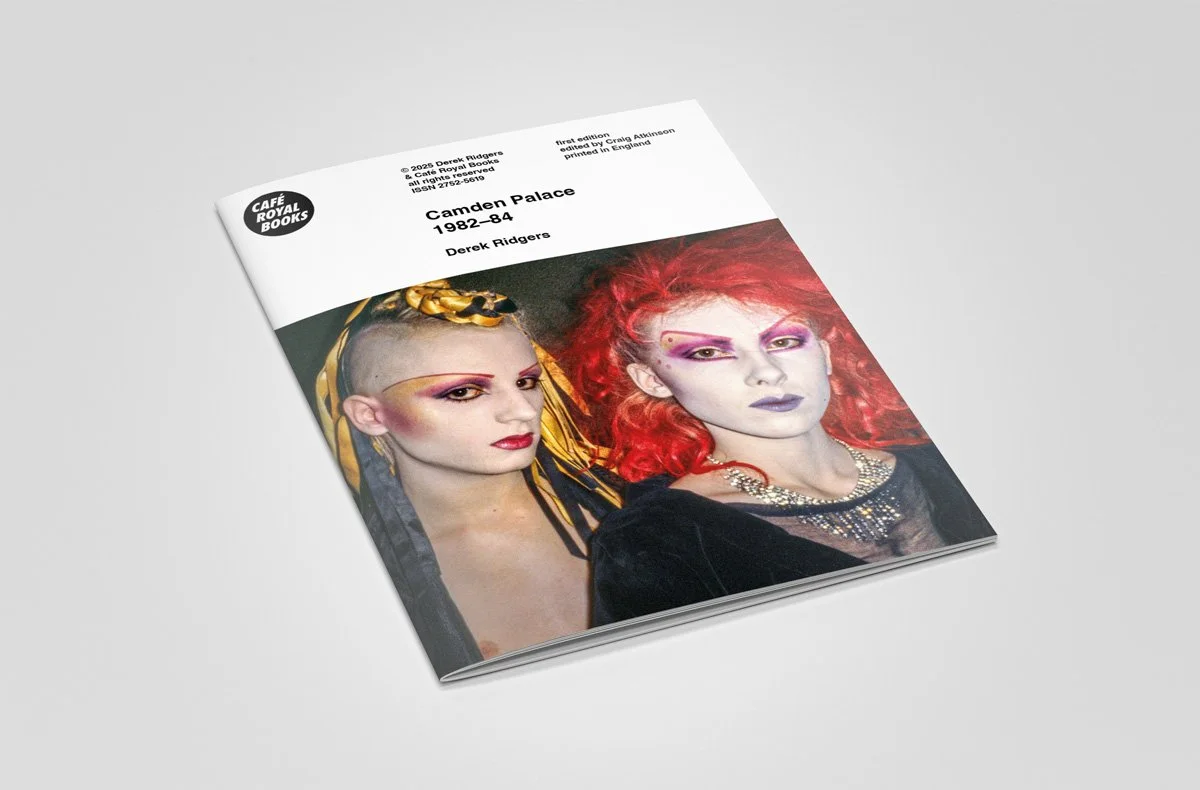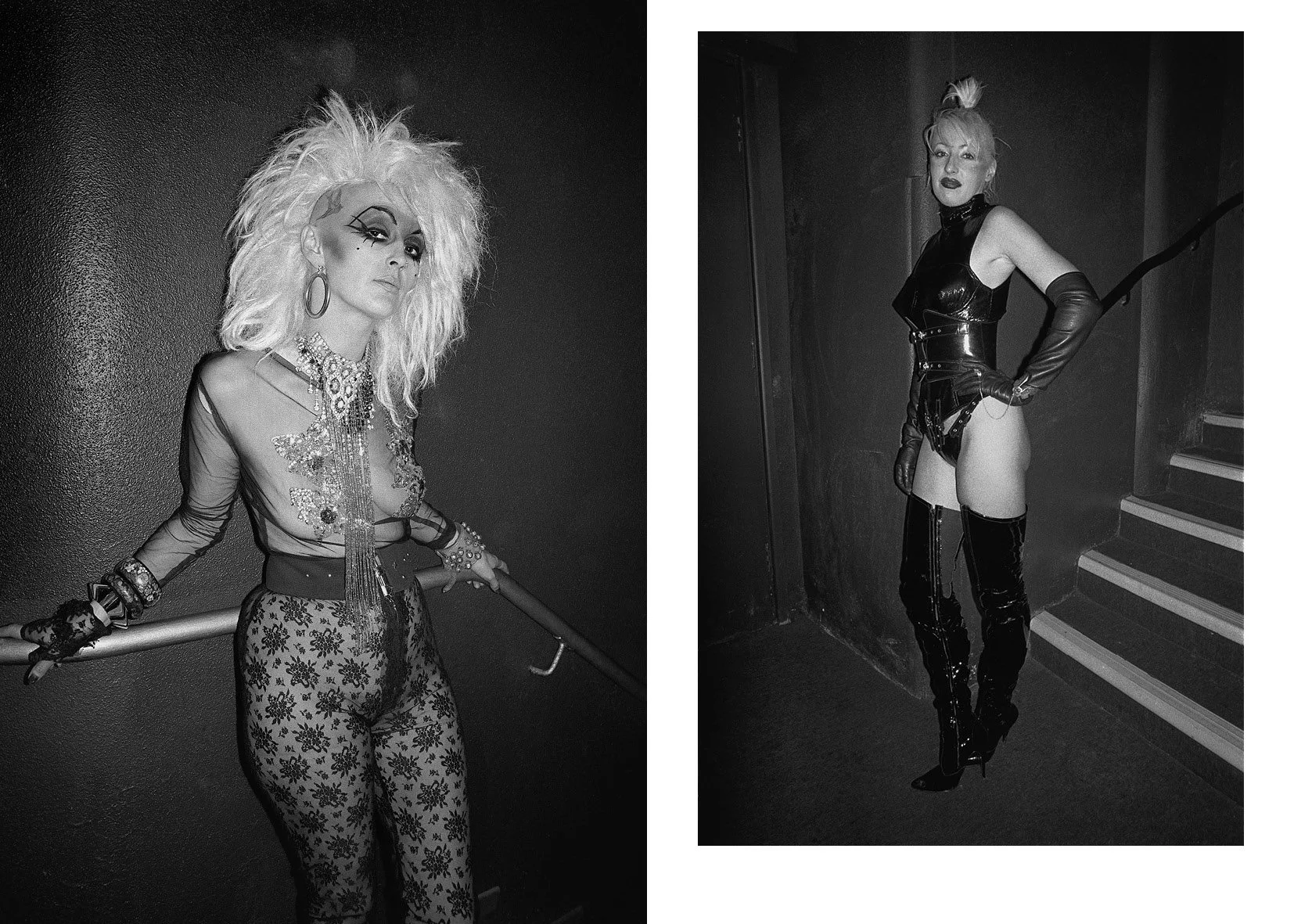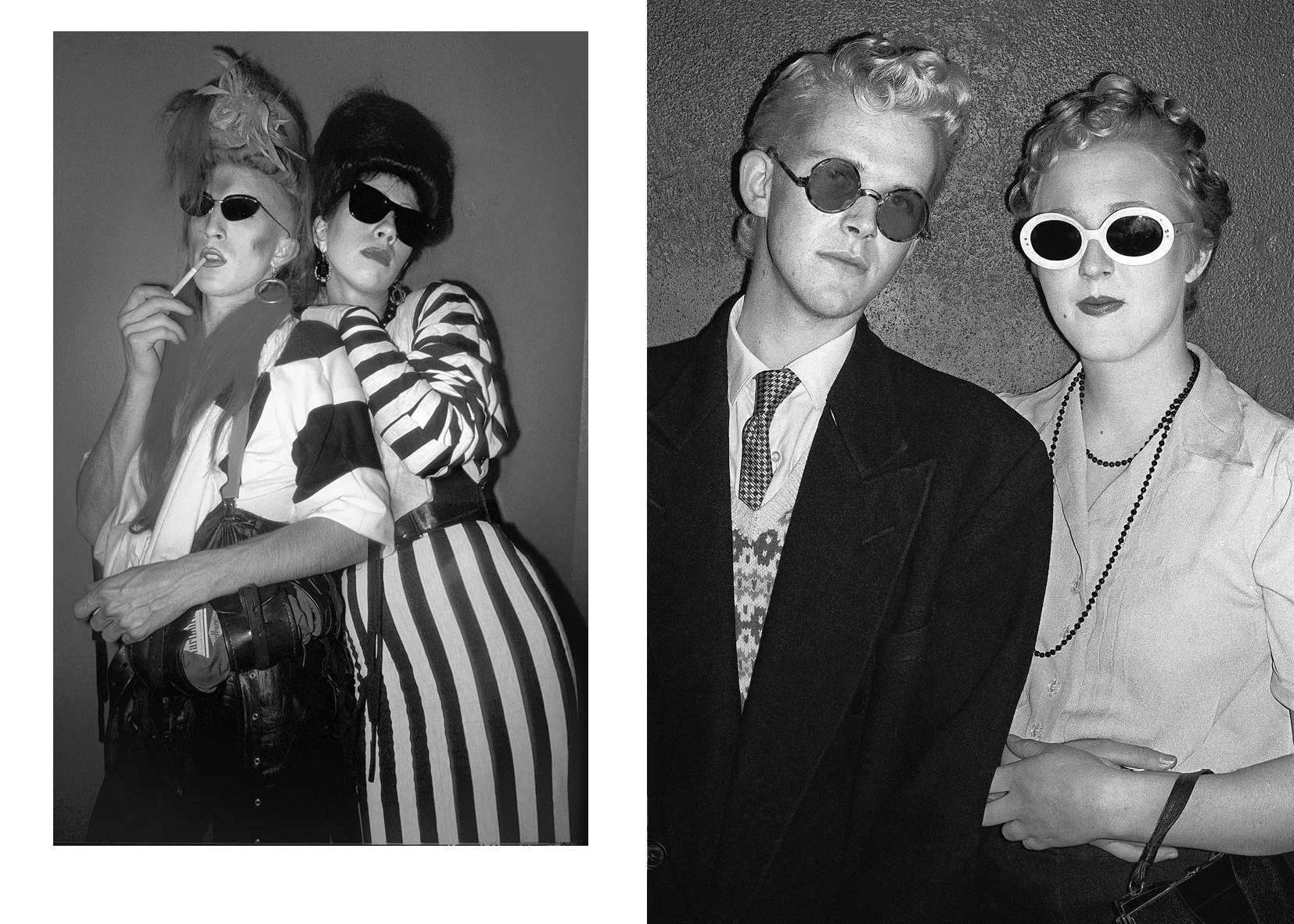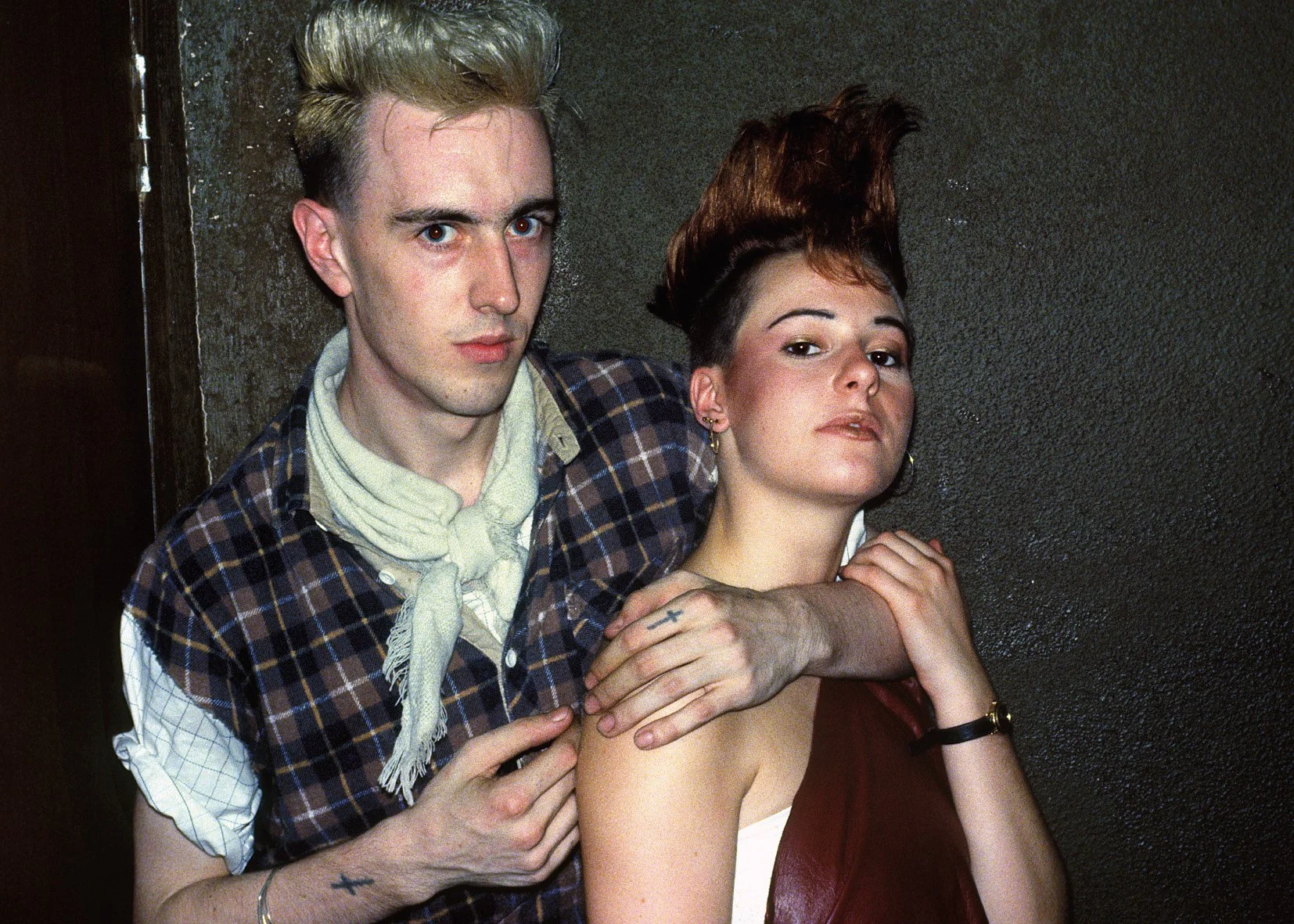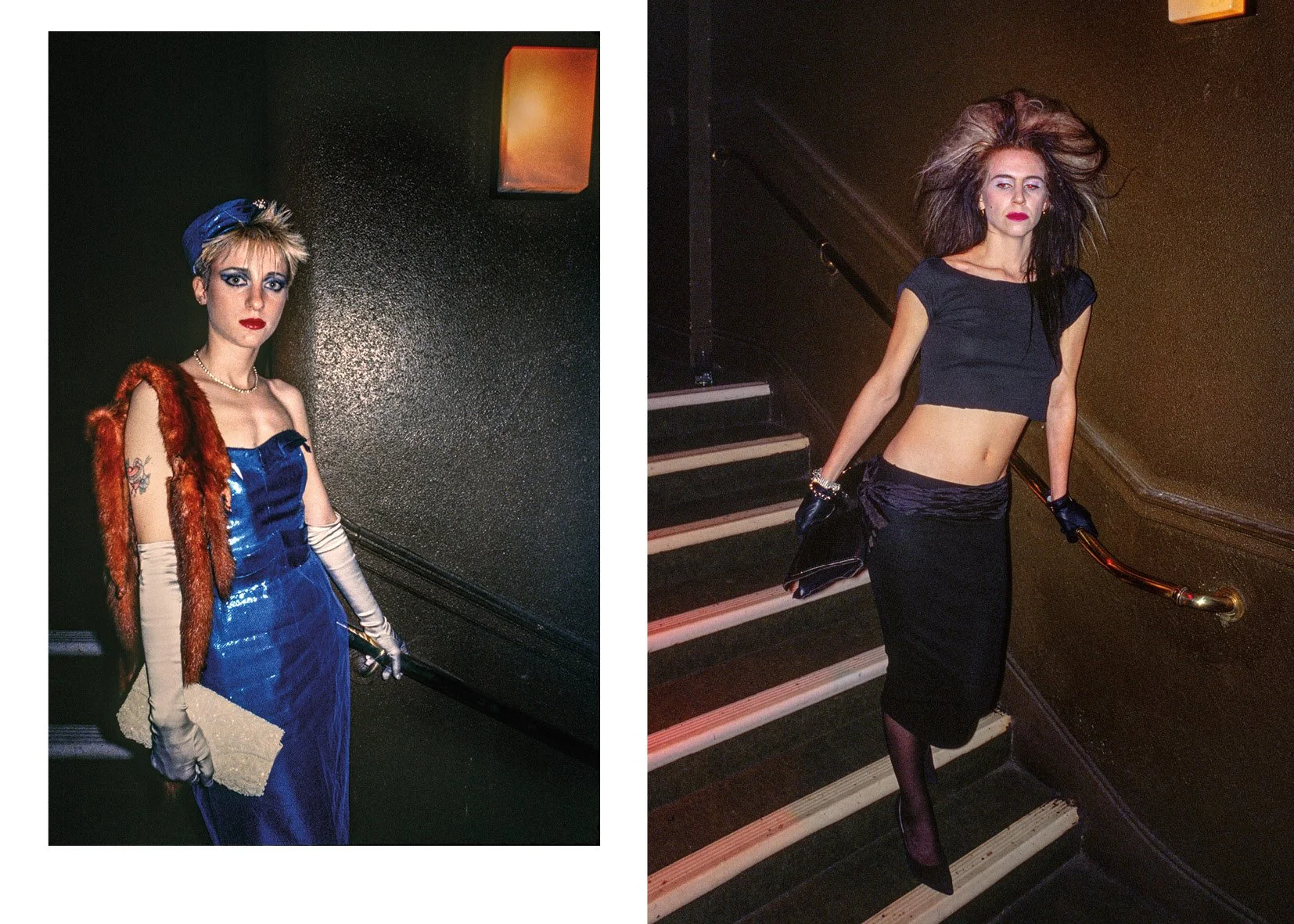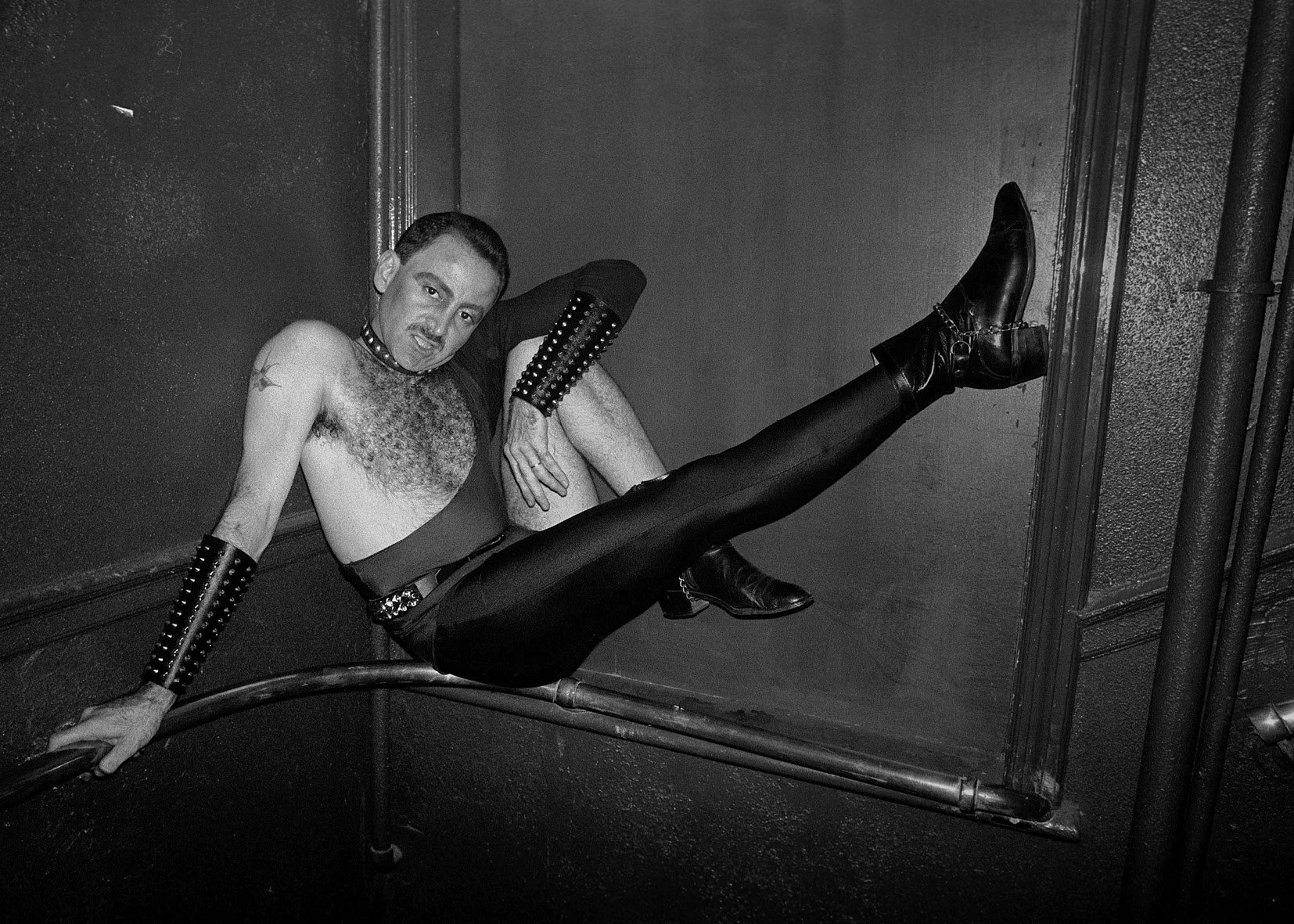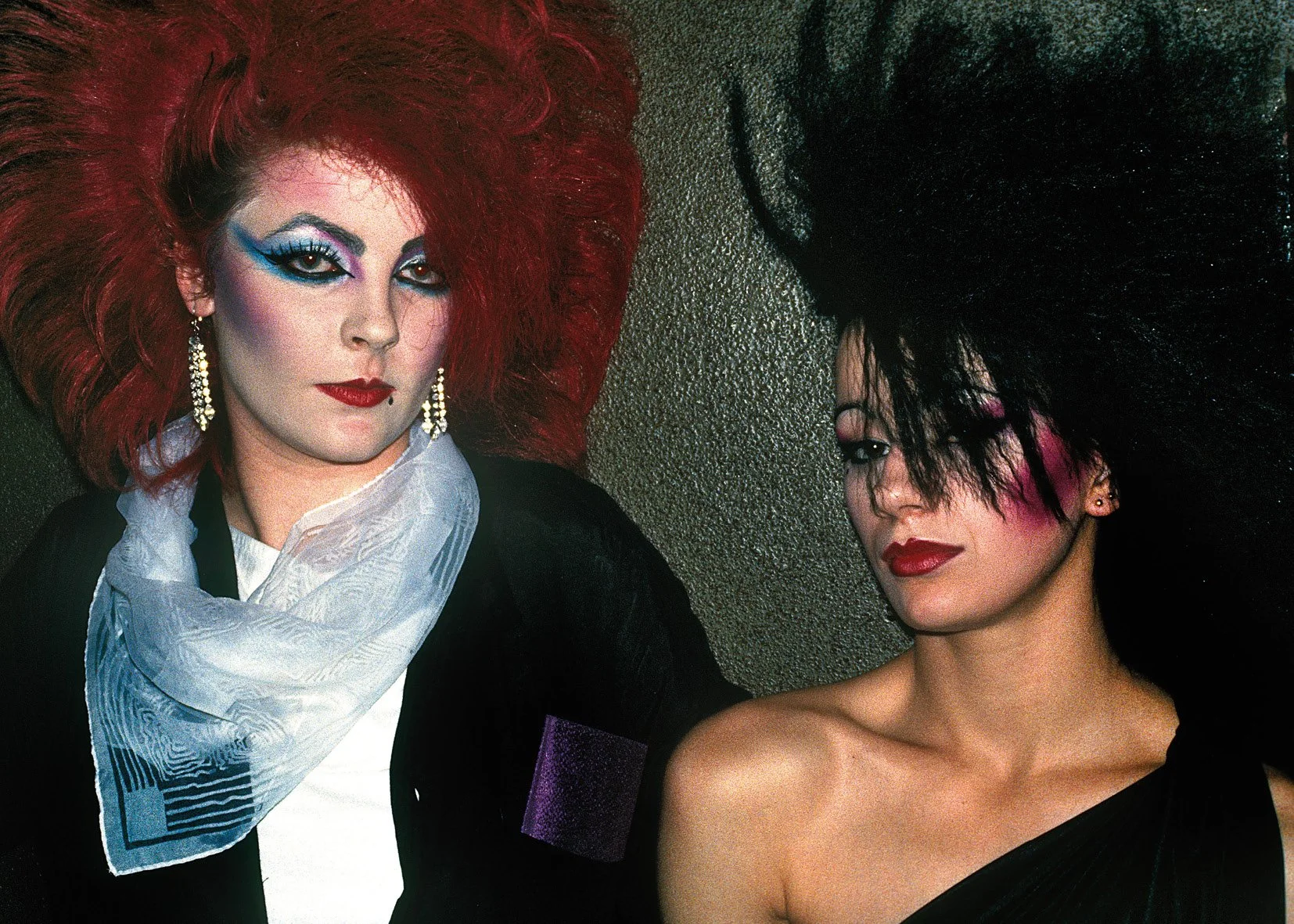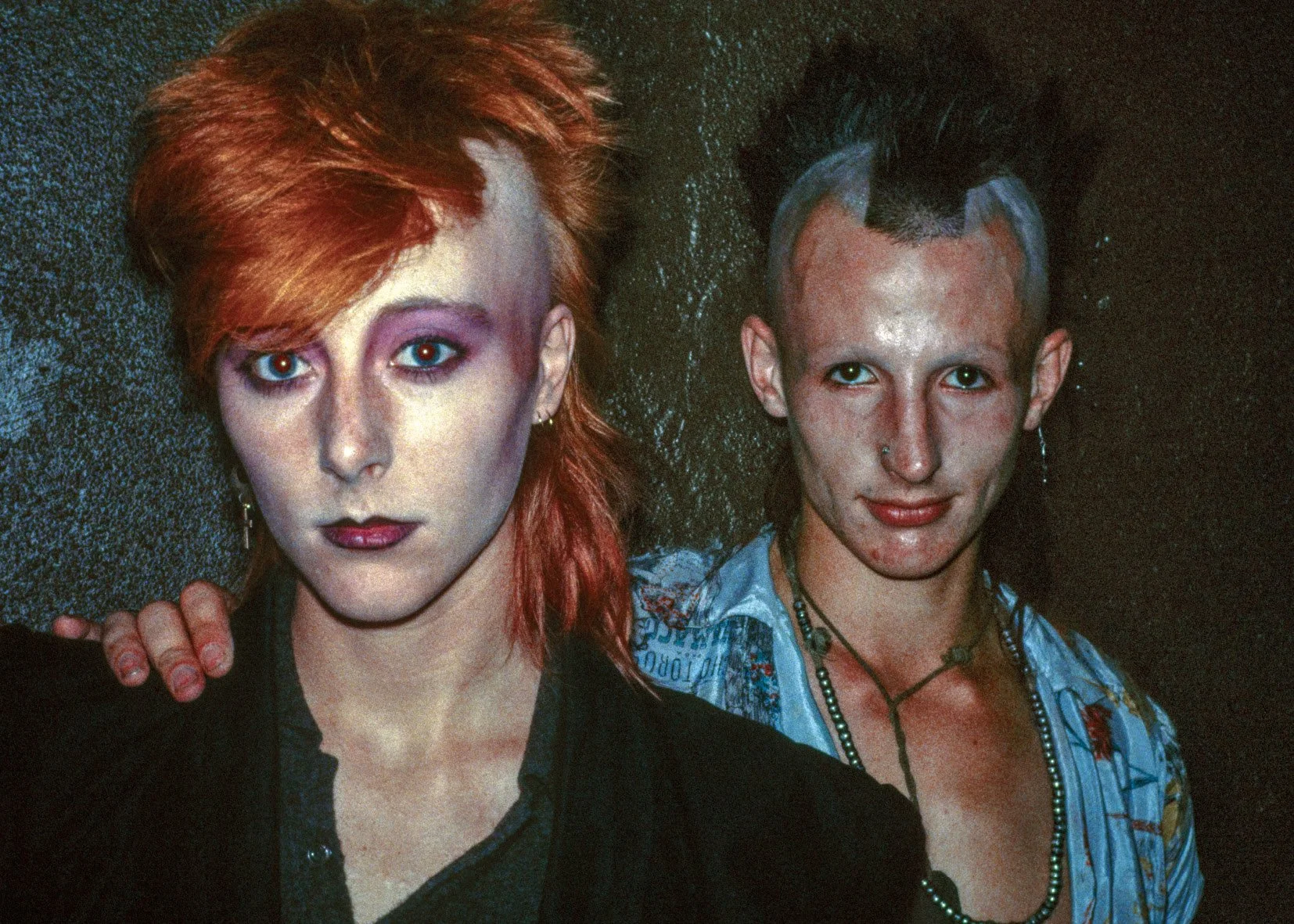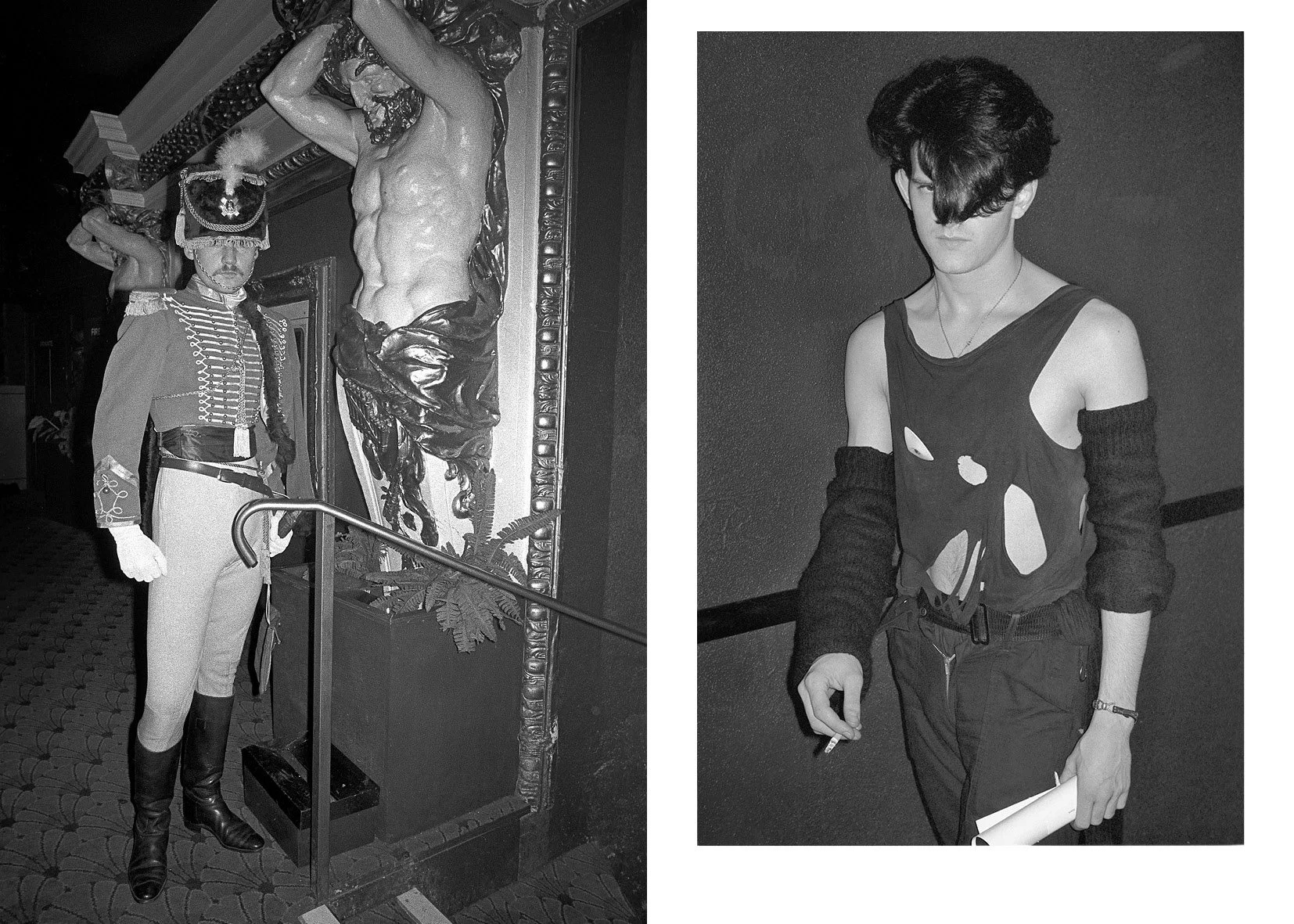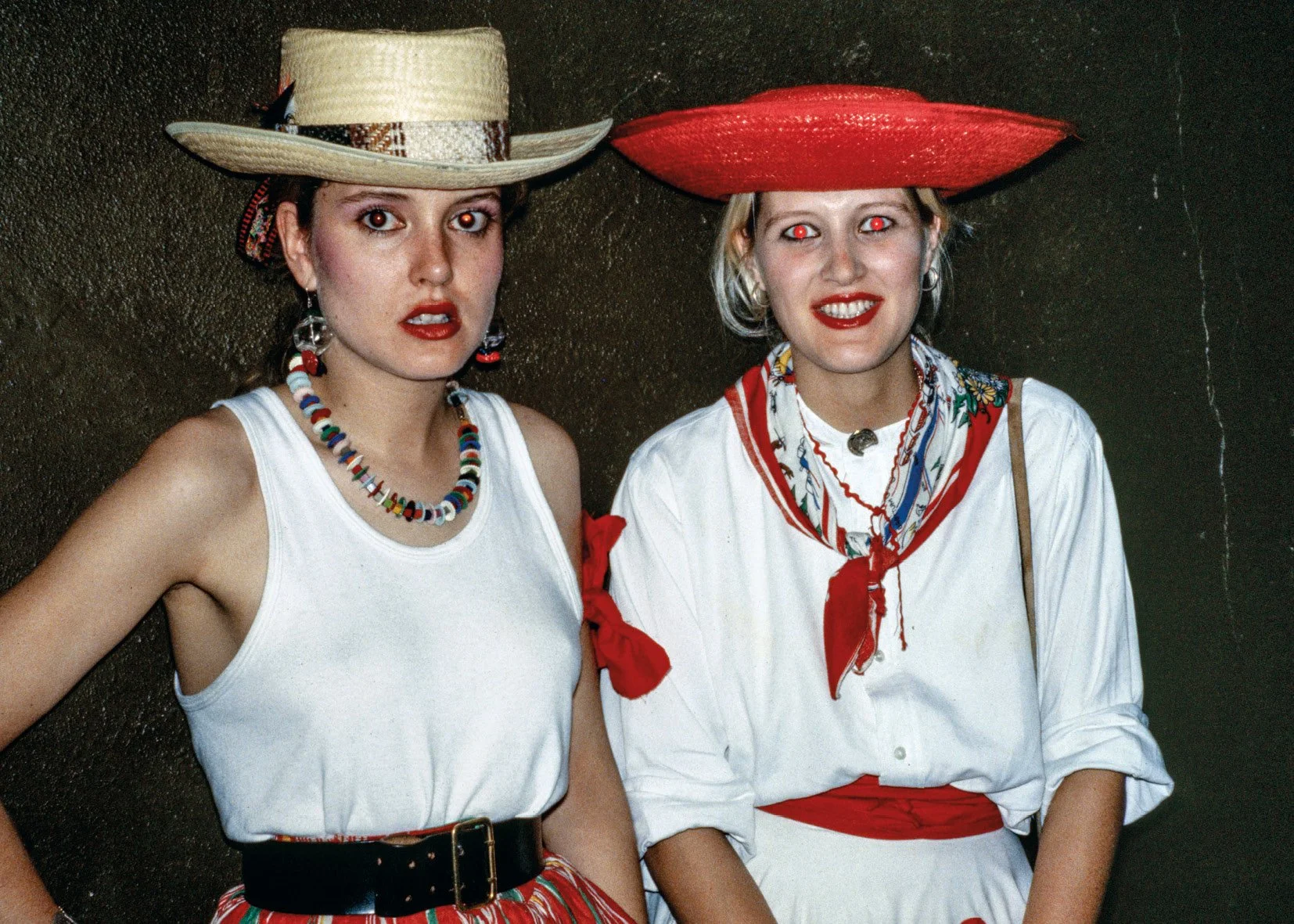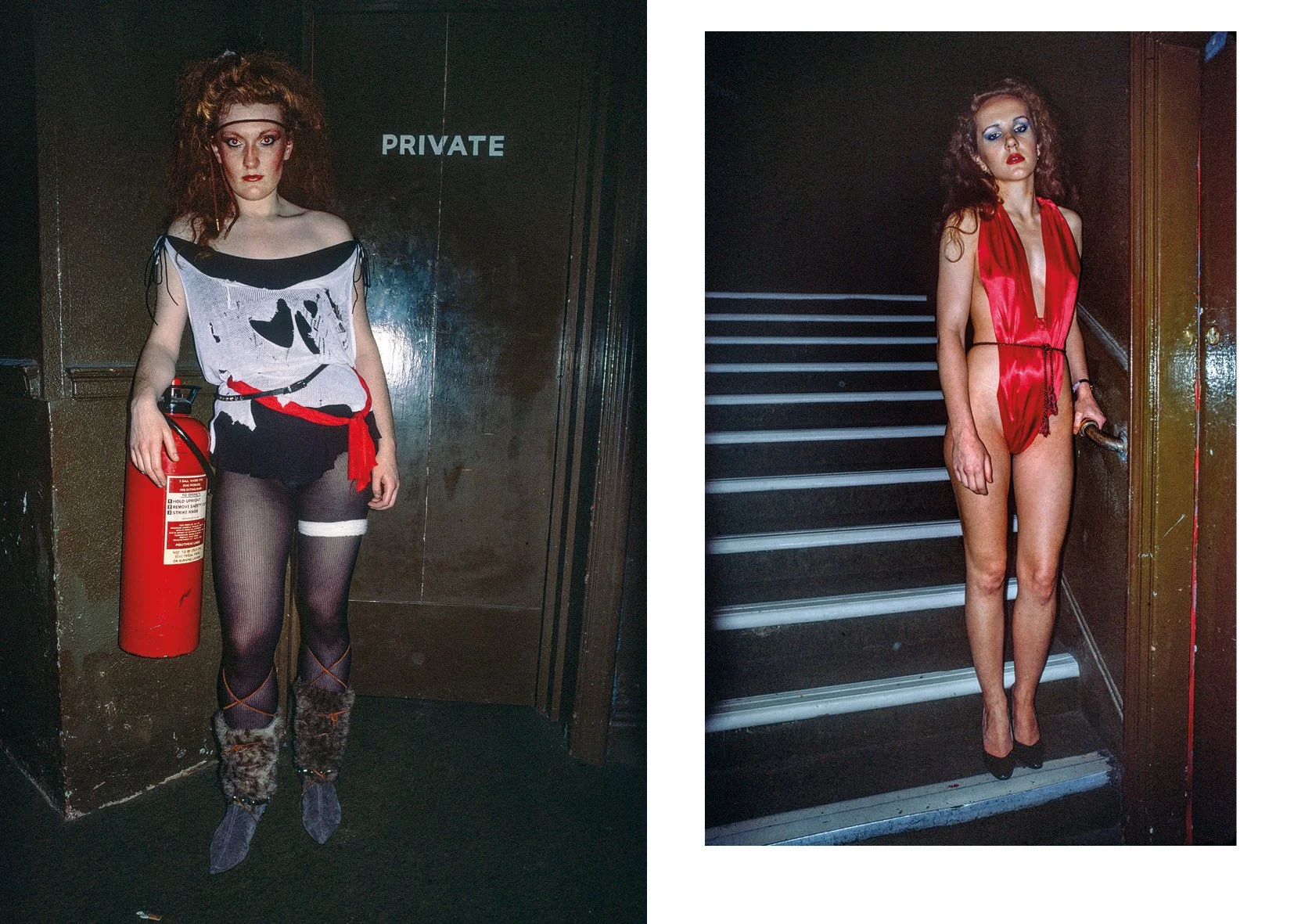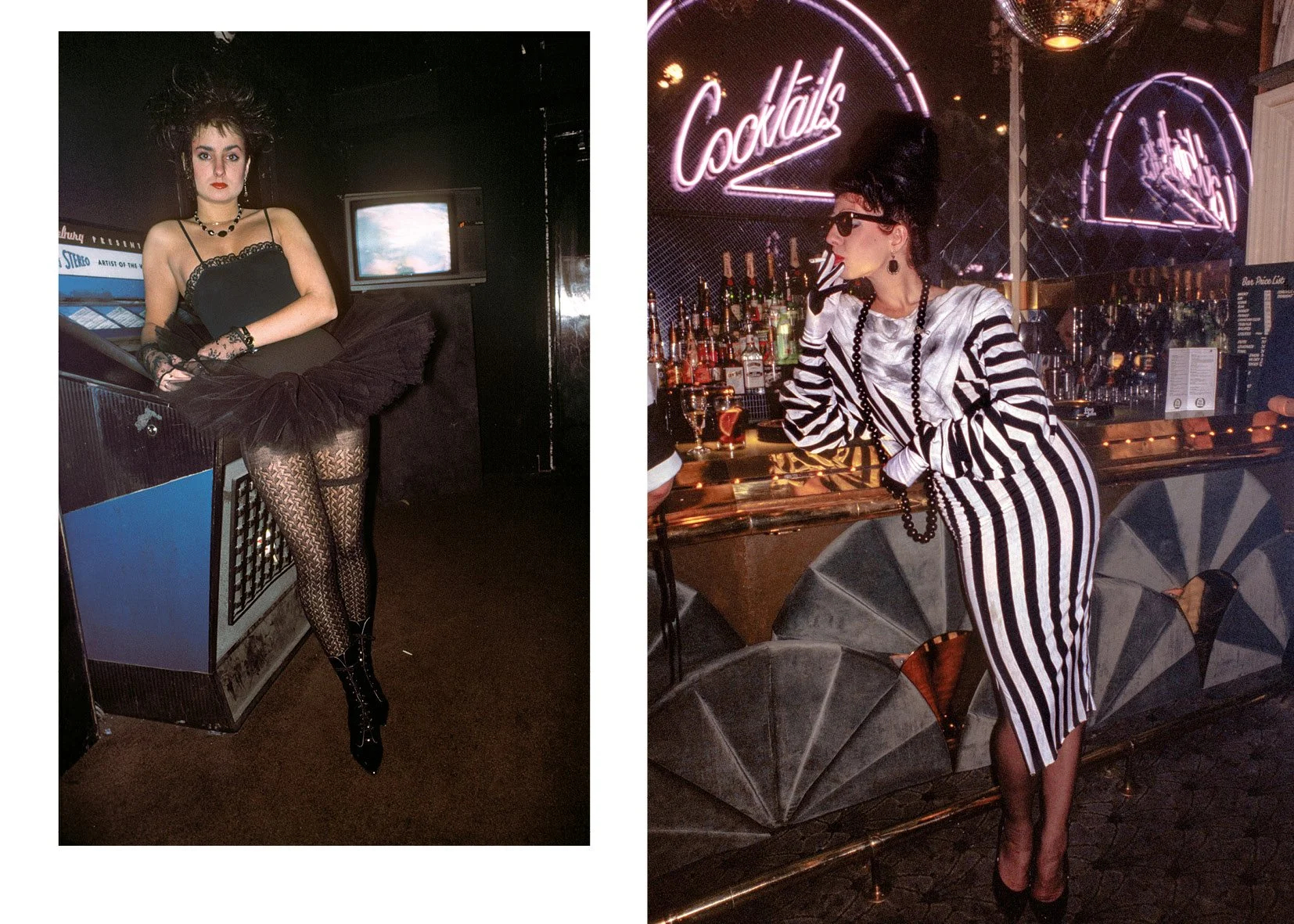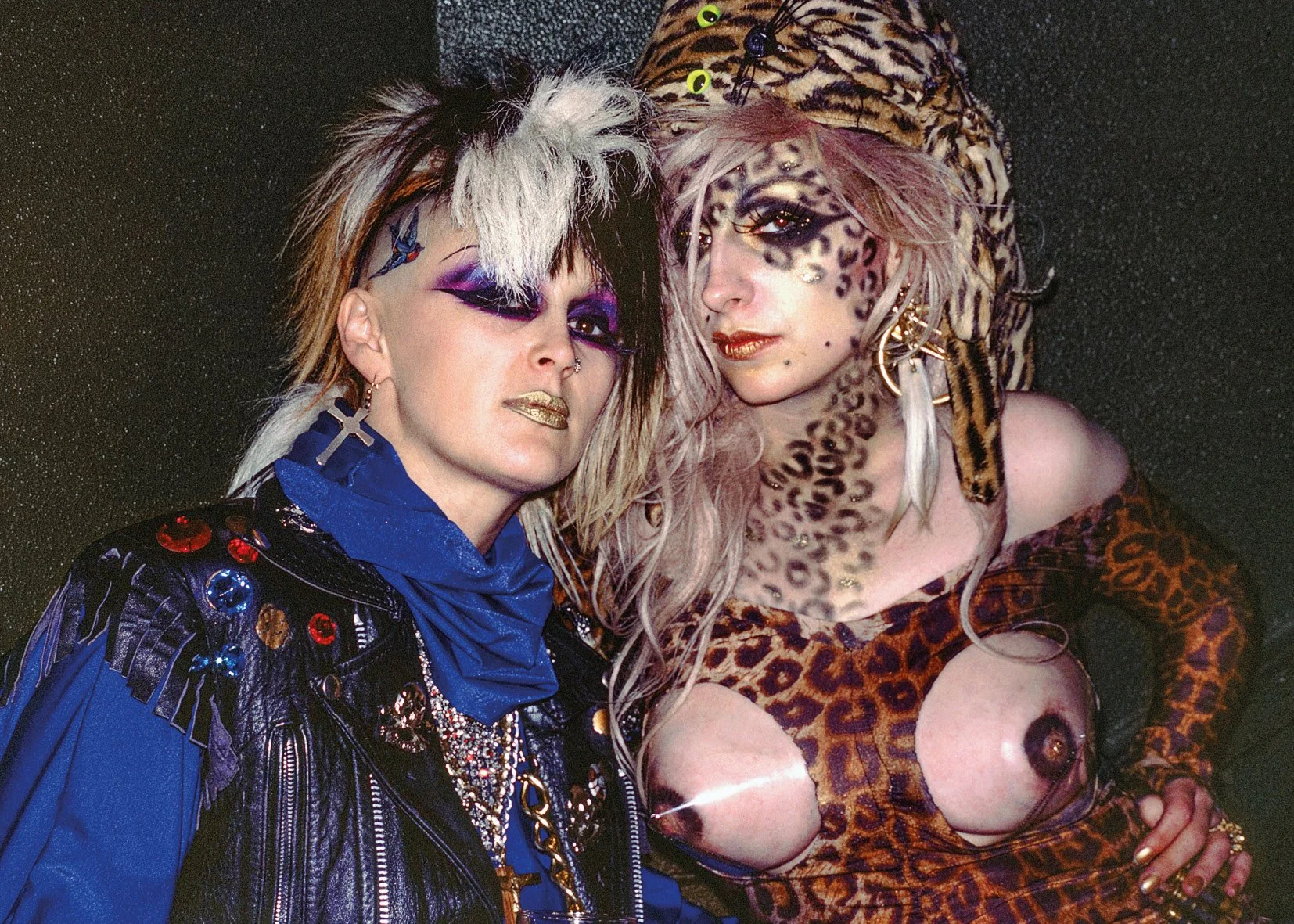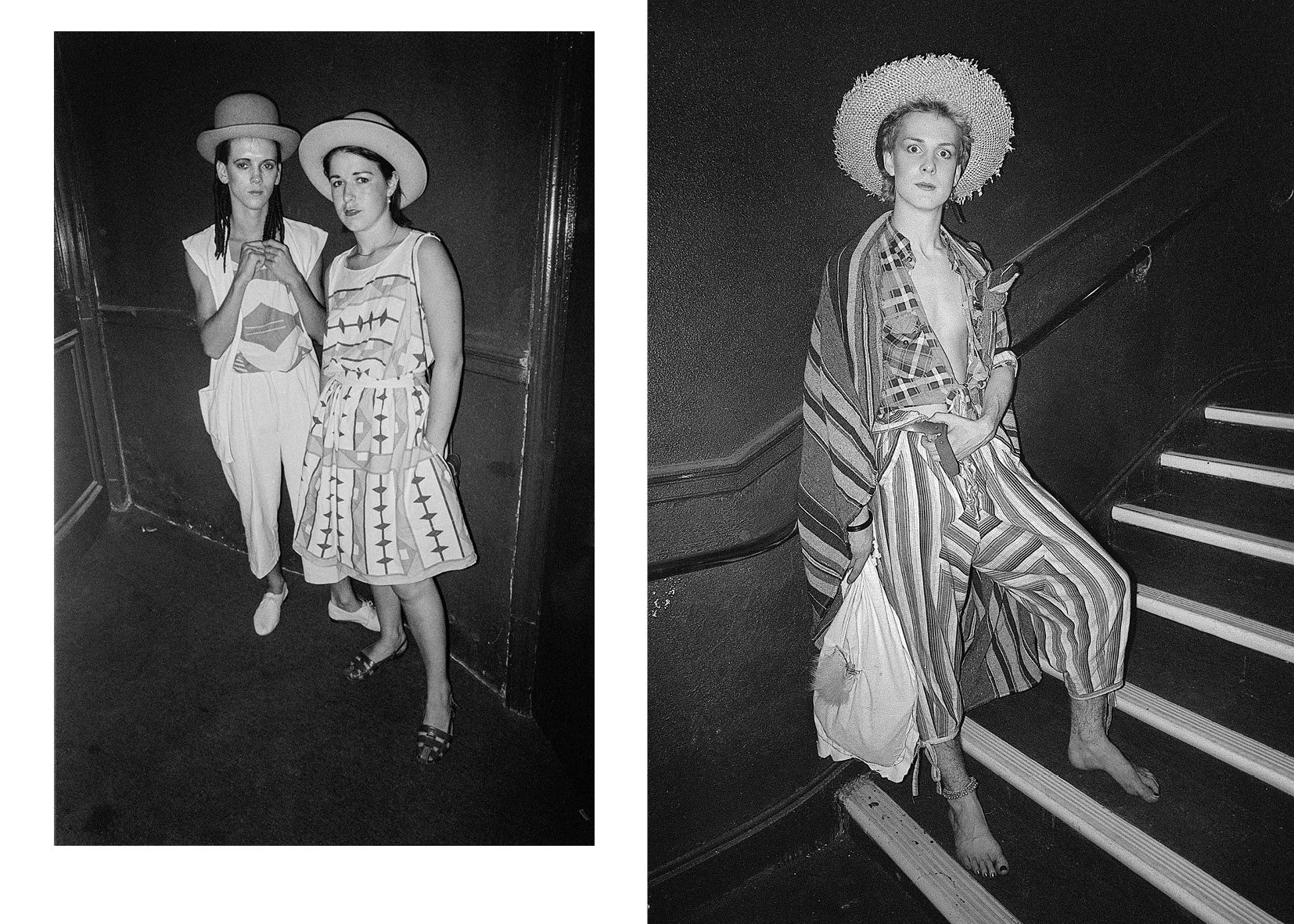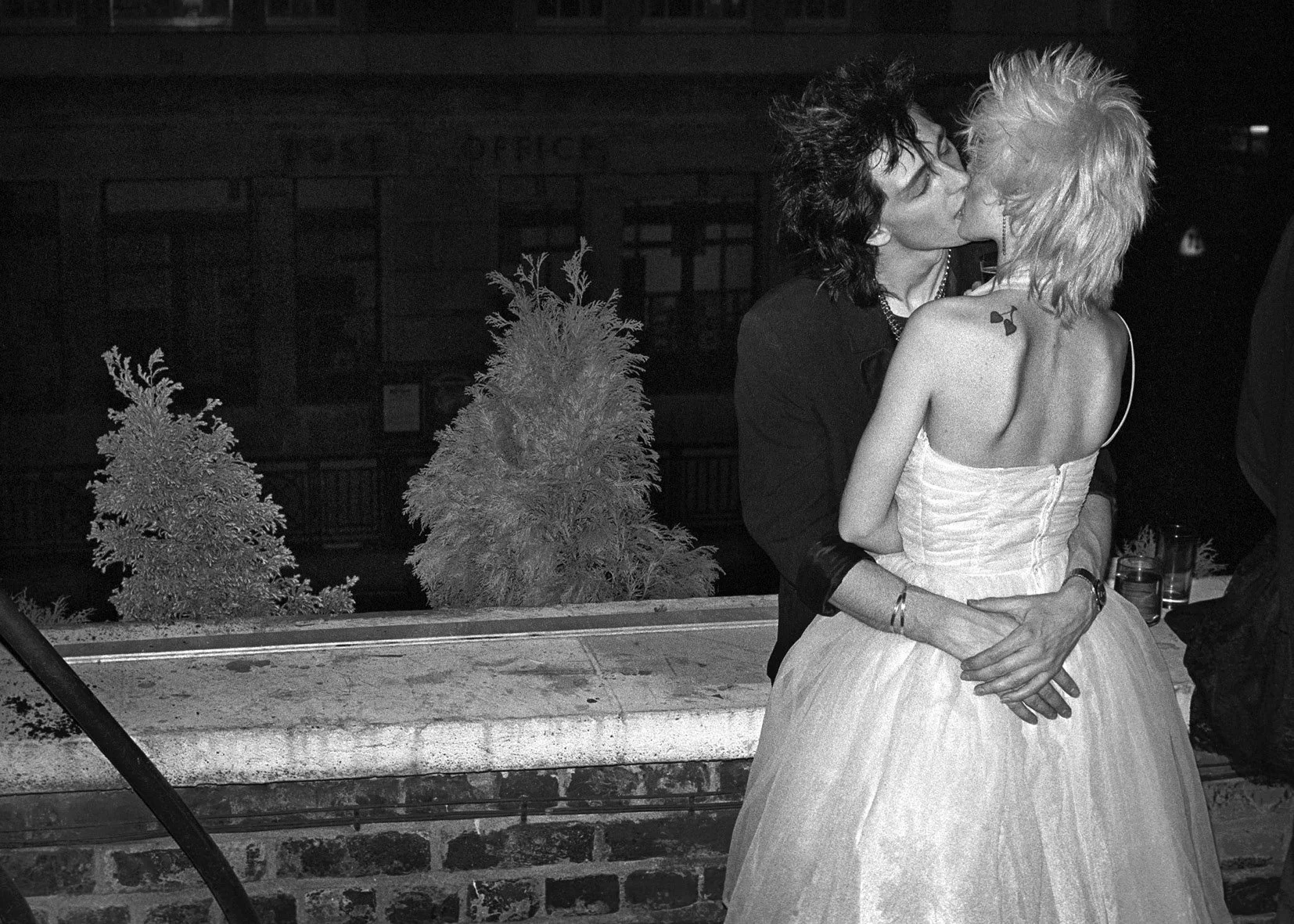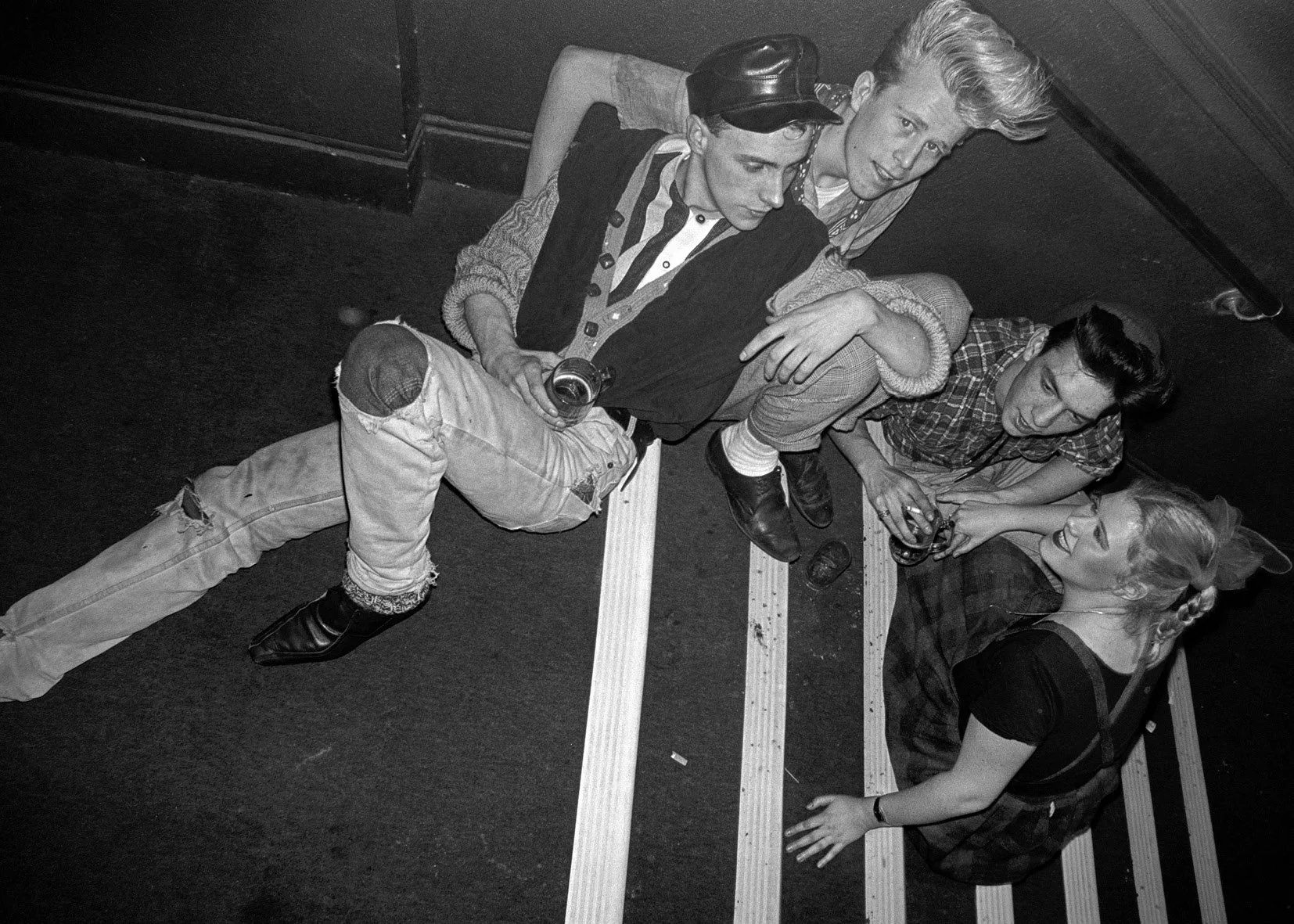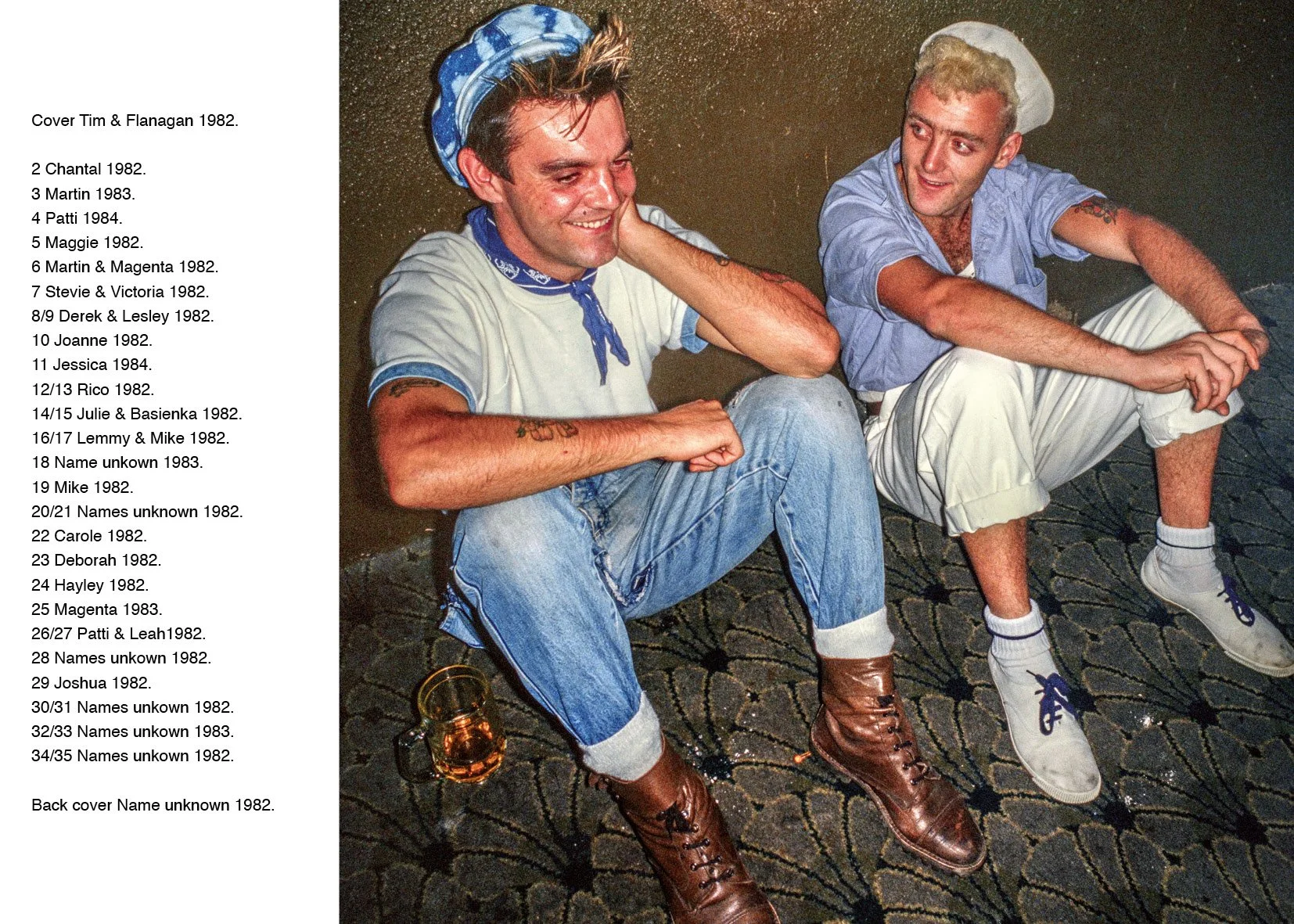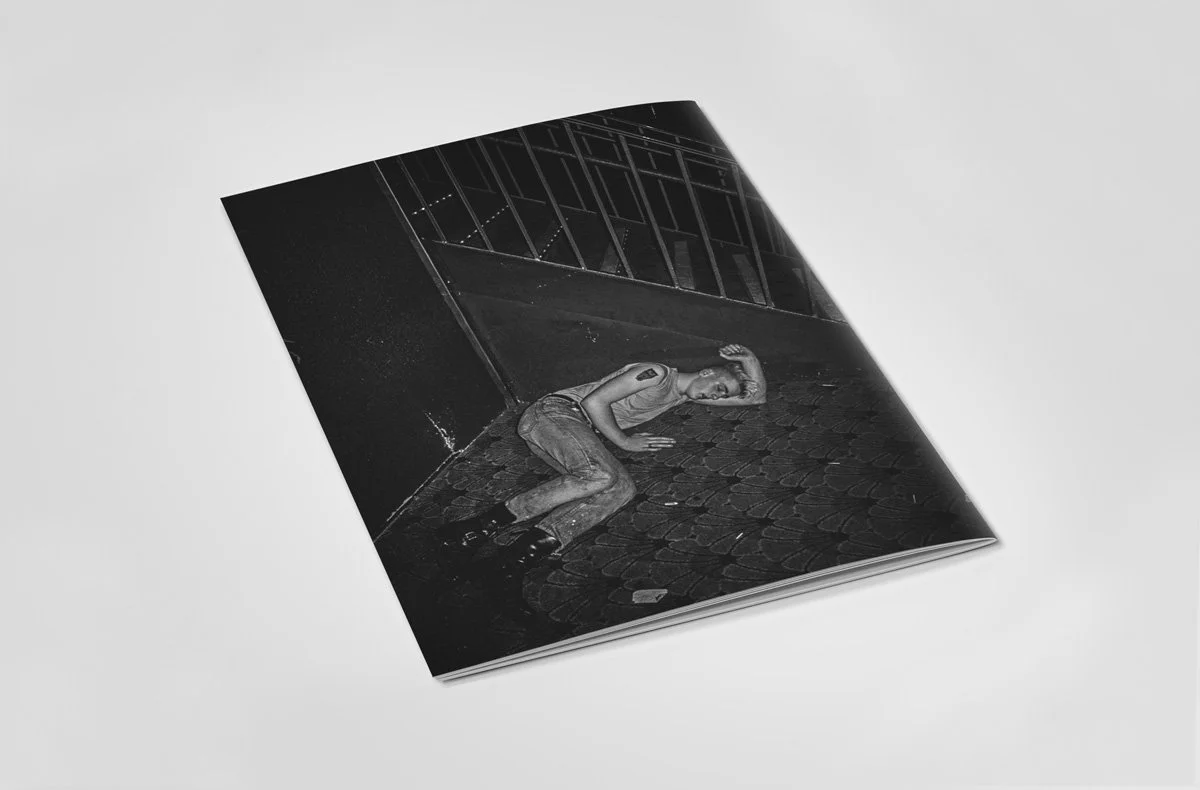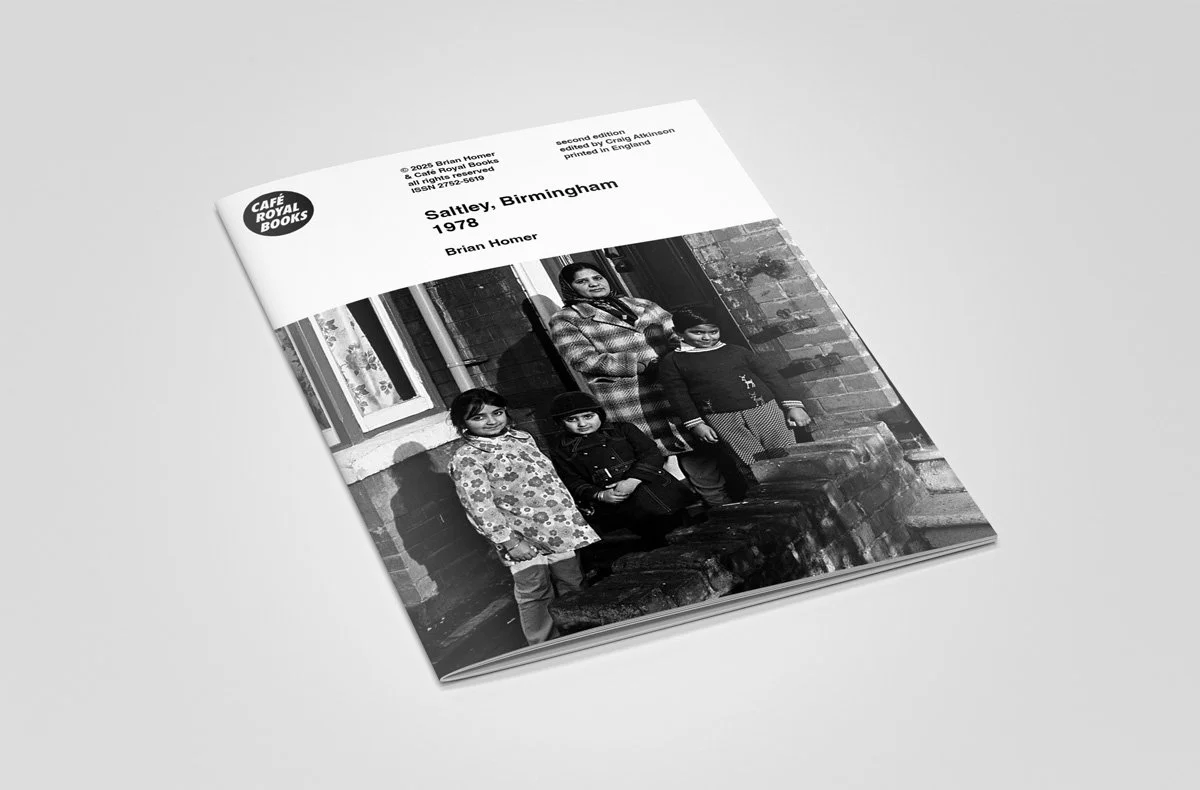 Image 1 of 32
Image 1 of 32

 Image 2 of 32
Image 2 of 32

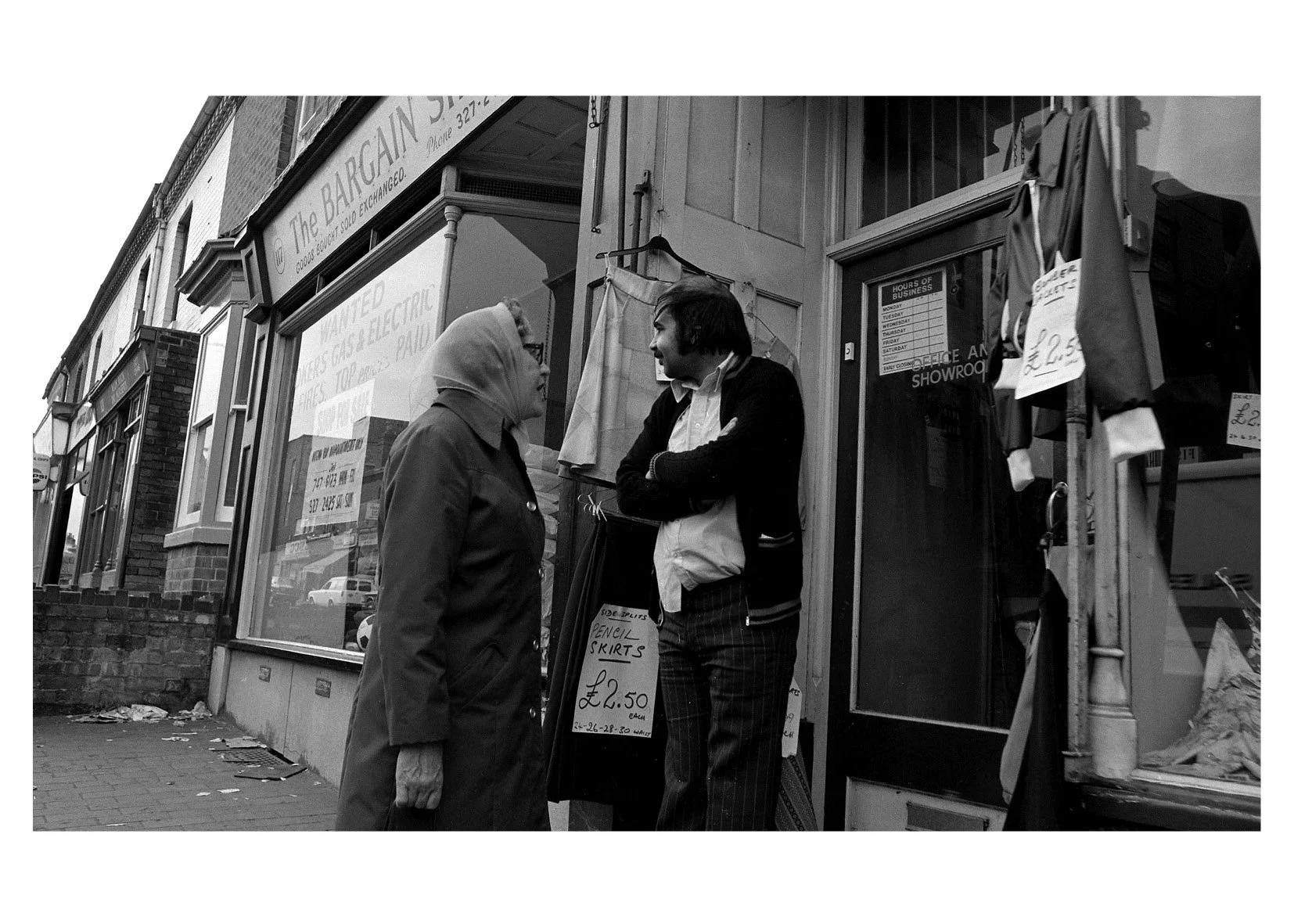 Image 3 of 32
Image 3 of 32

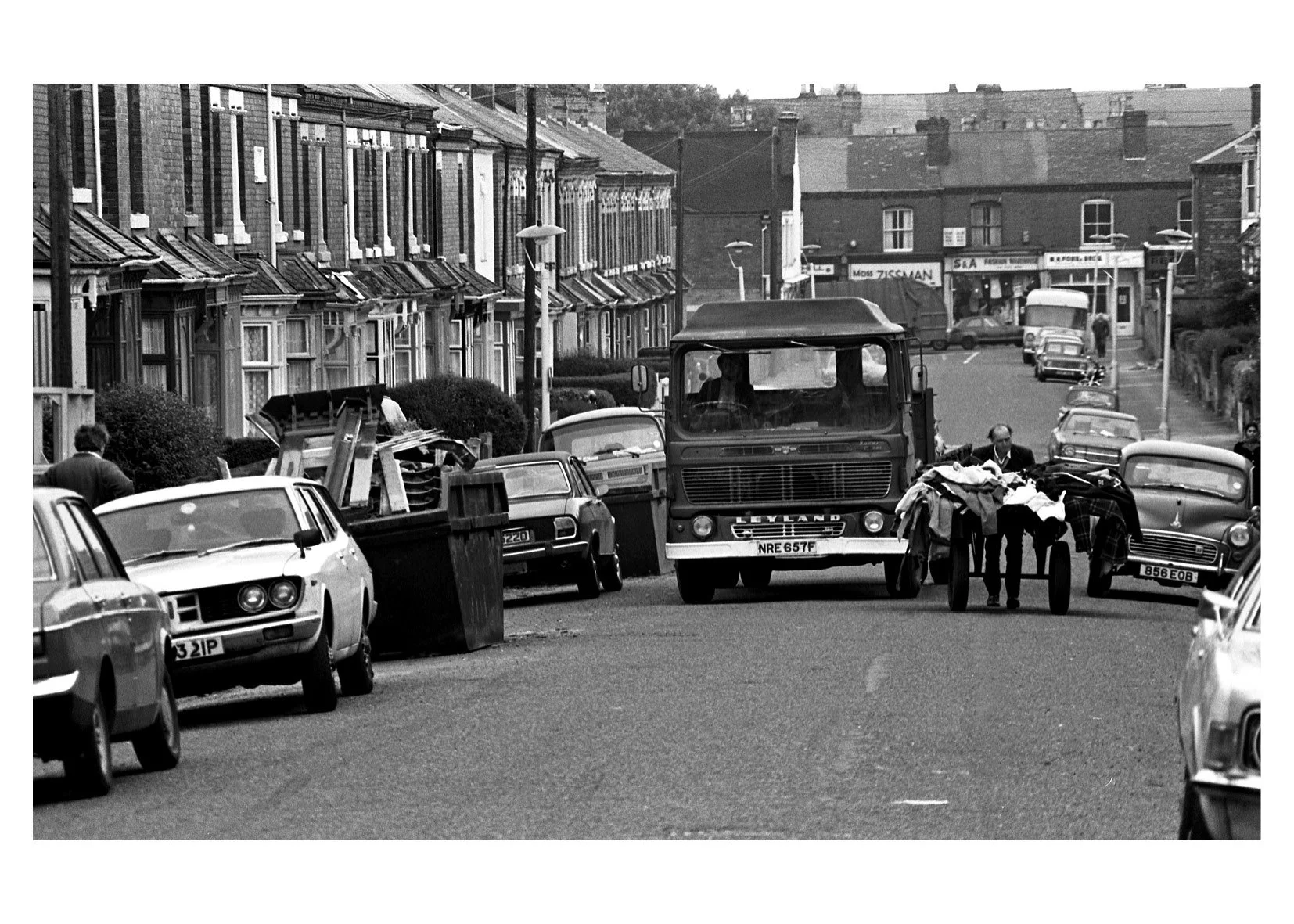 Image 4 of 32
Image 4 of 32

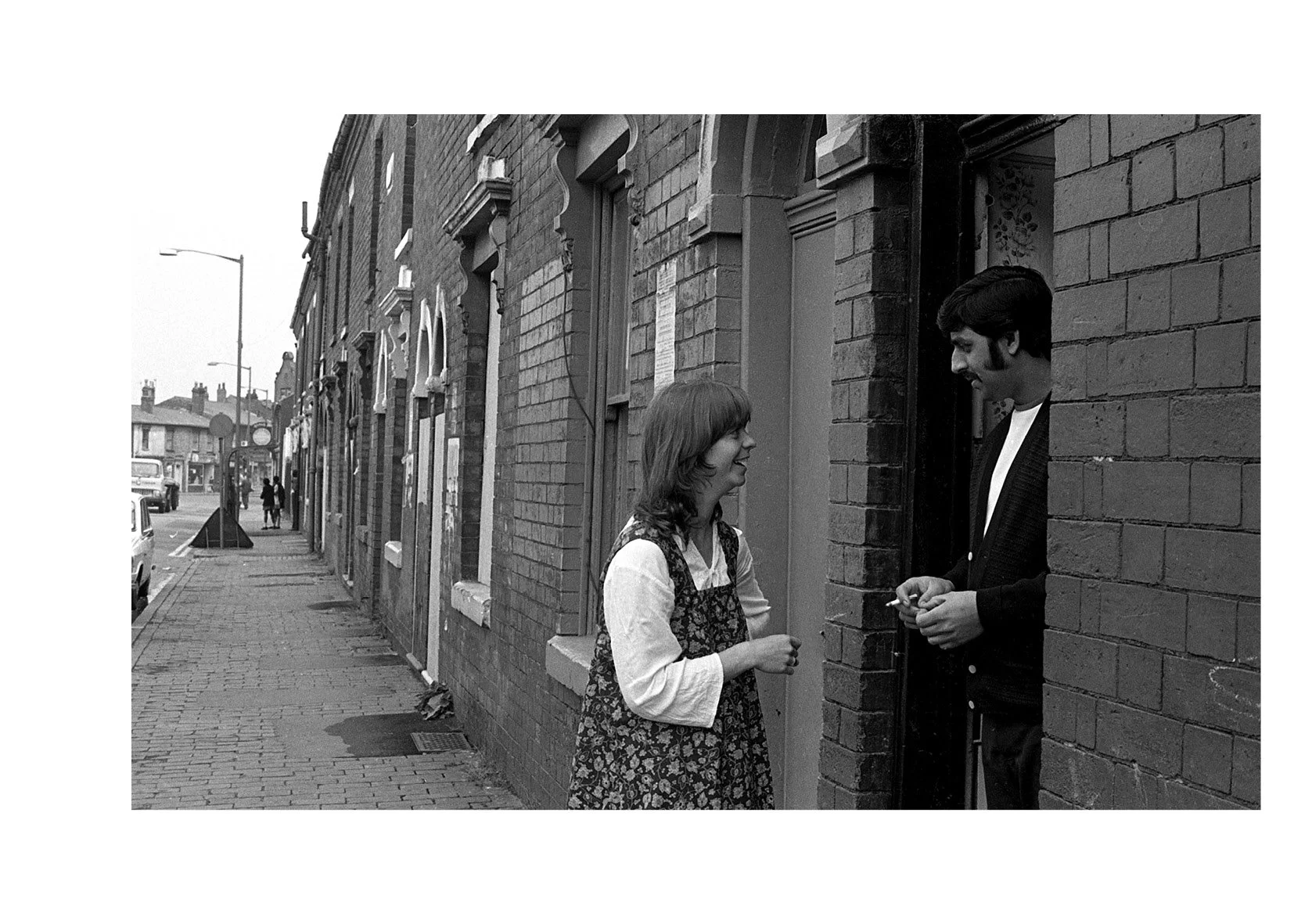 Image 5 of 32
Image 5 of 32

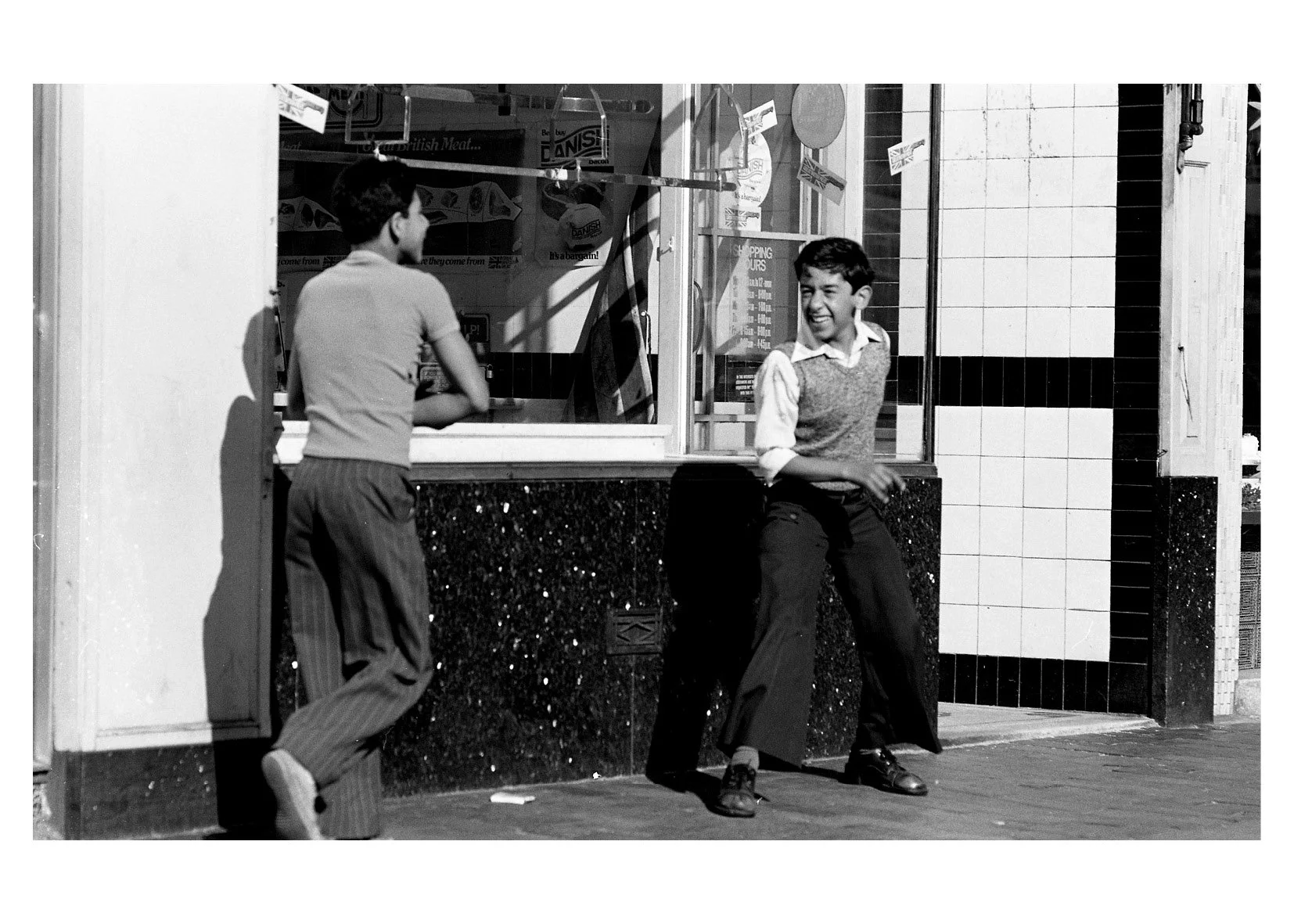 Image 6 of 32
Image 6 of 32

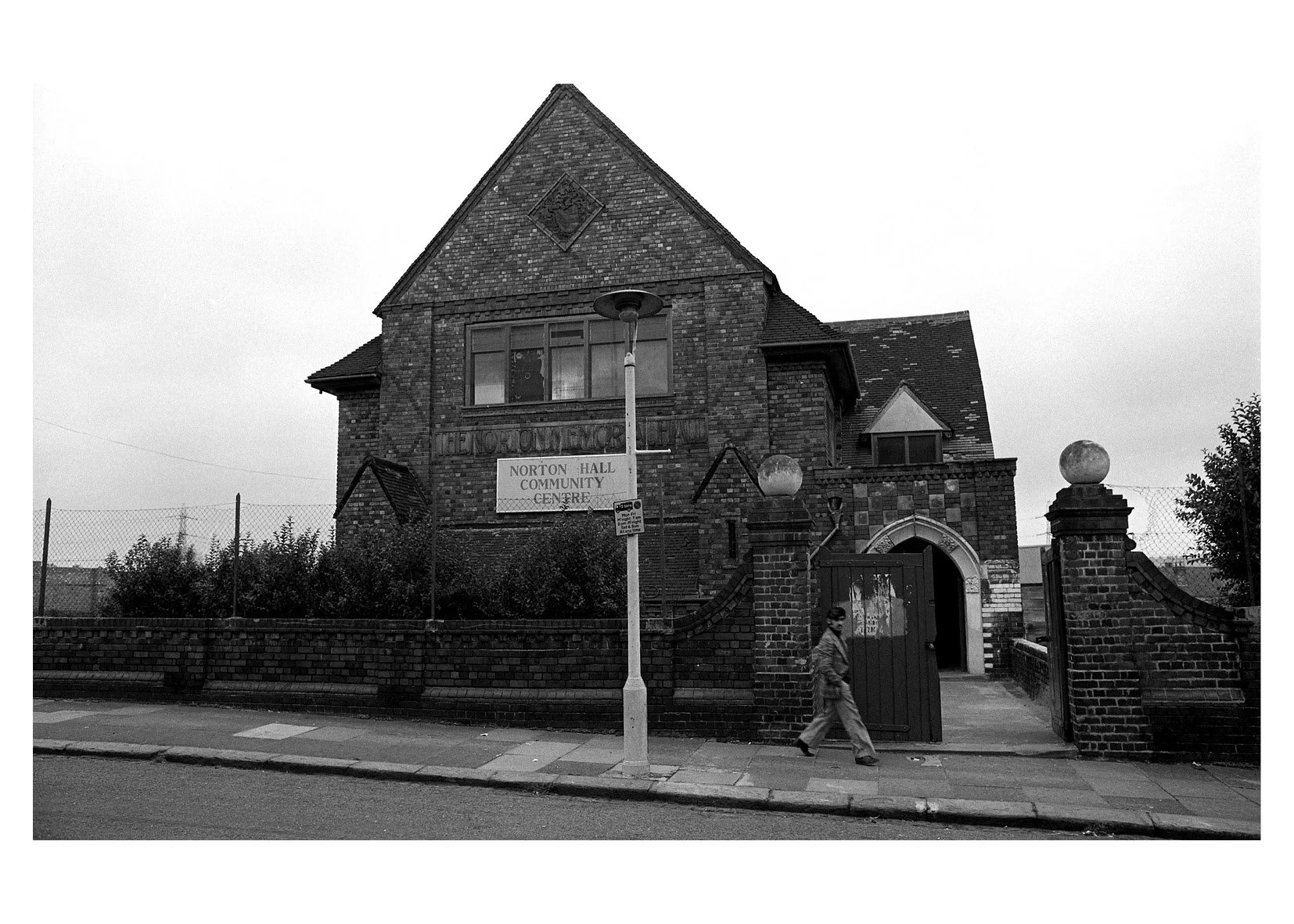 Image 7 of 32
Image 7 of 32

 Image 8 of 32
Image 8 of 32

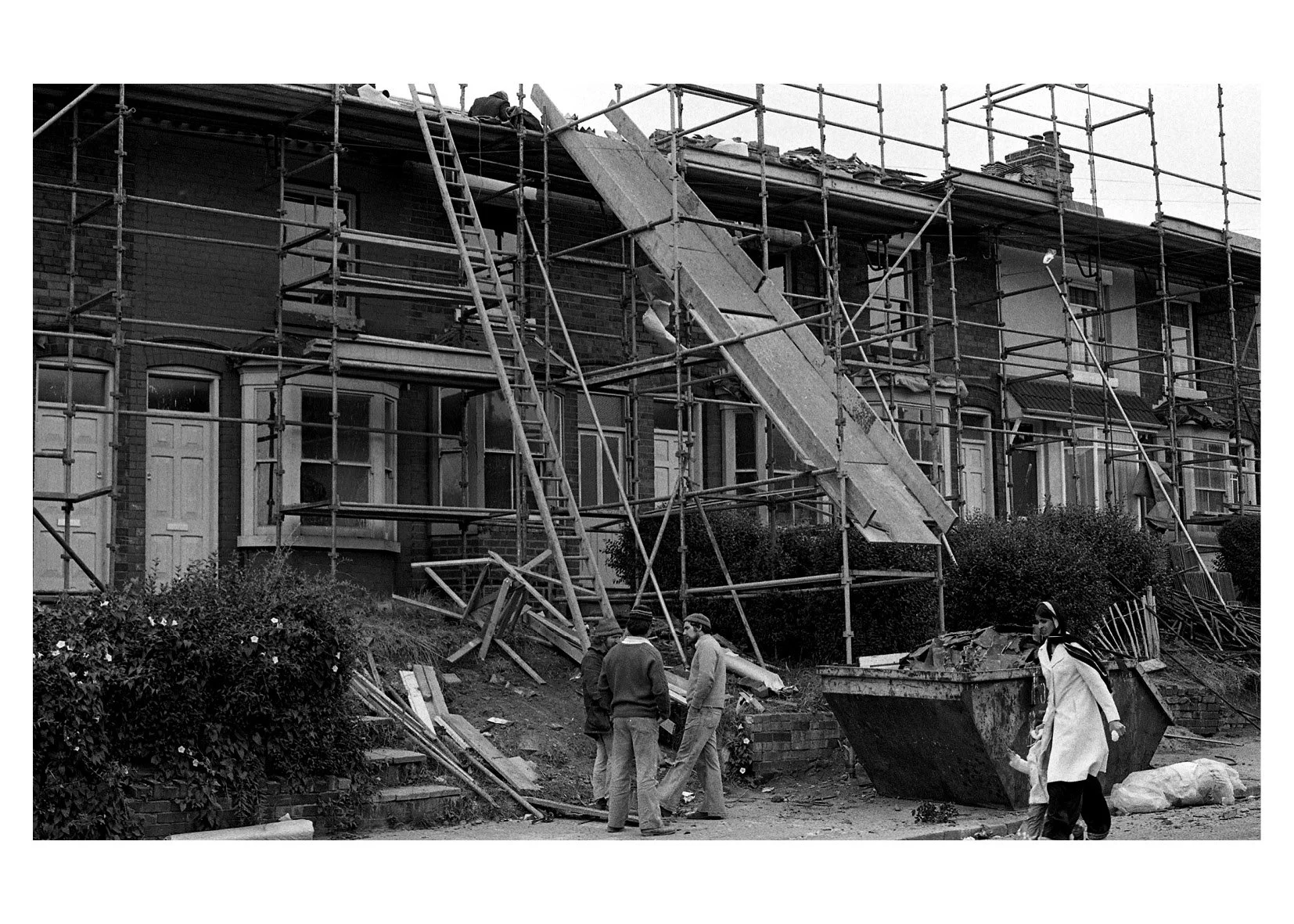 Image 9 of 32
Image 9 of 32

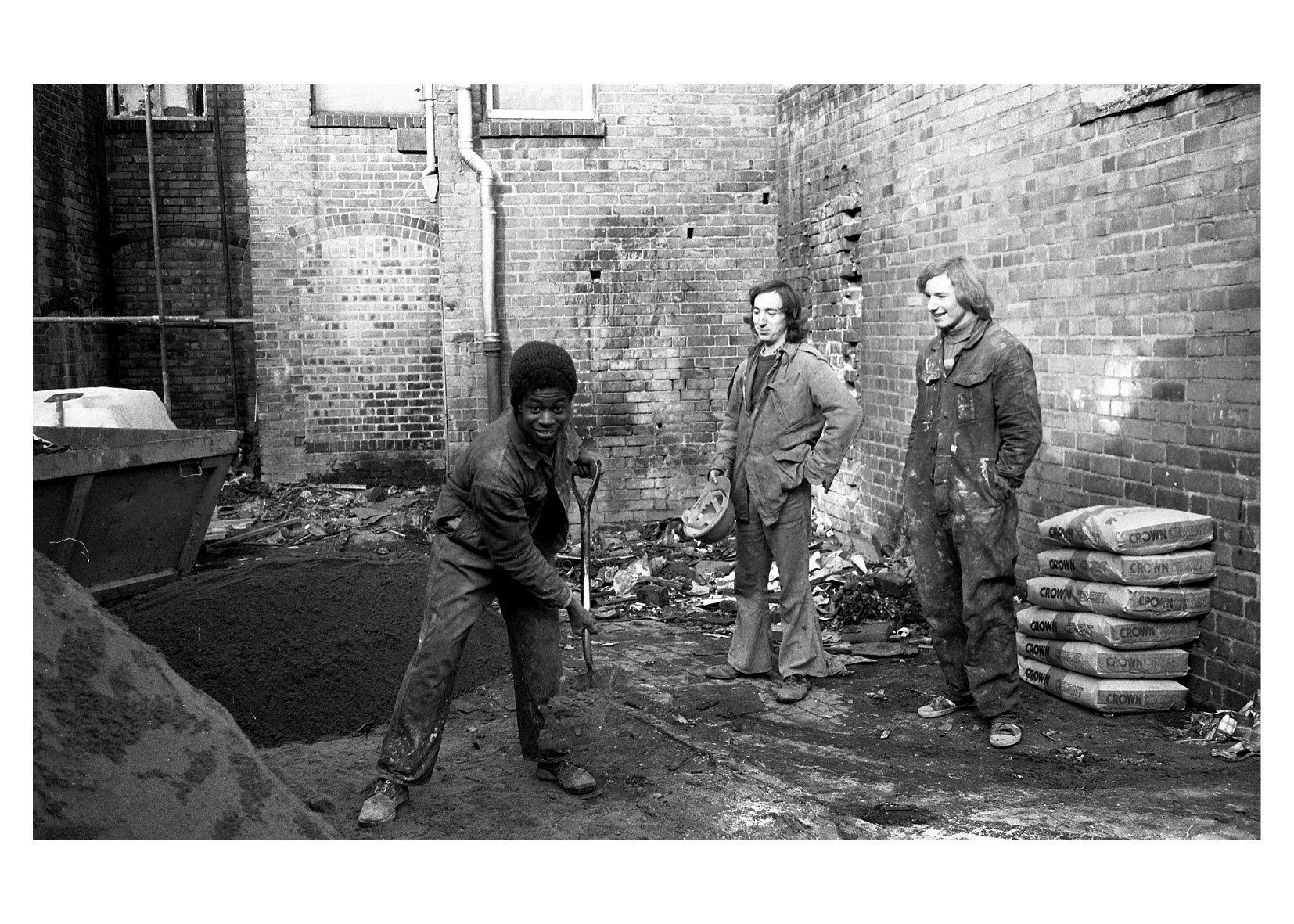 Image 10 of 32
Image 10 of 32

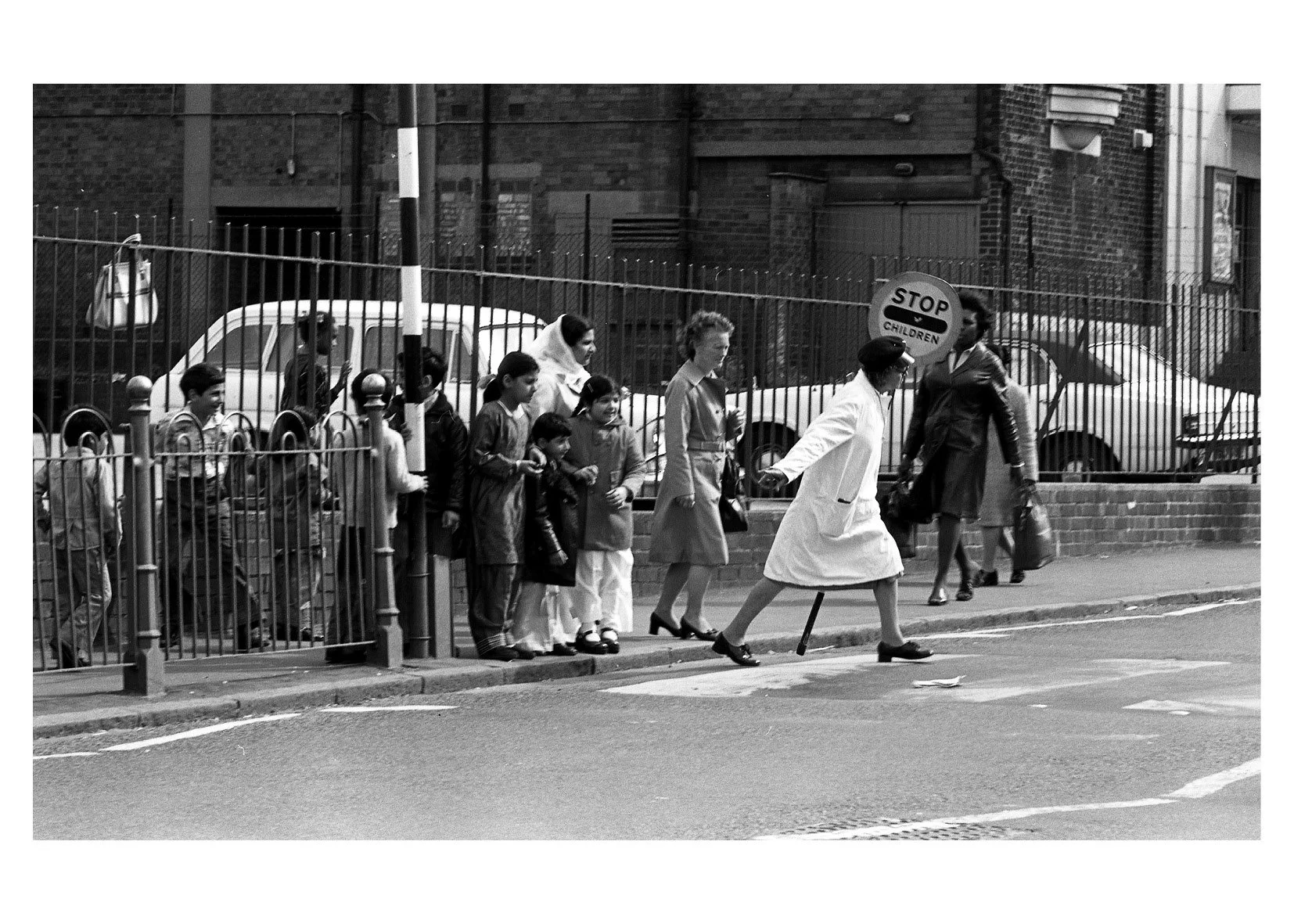 Image 11 of 32
Image 11 of 32

 Image 12 of 32
Image 12 of 32

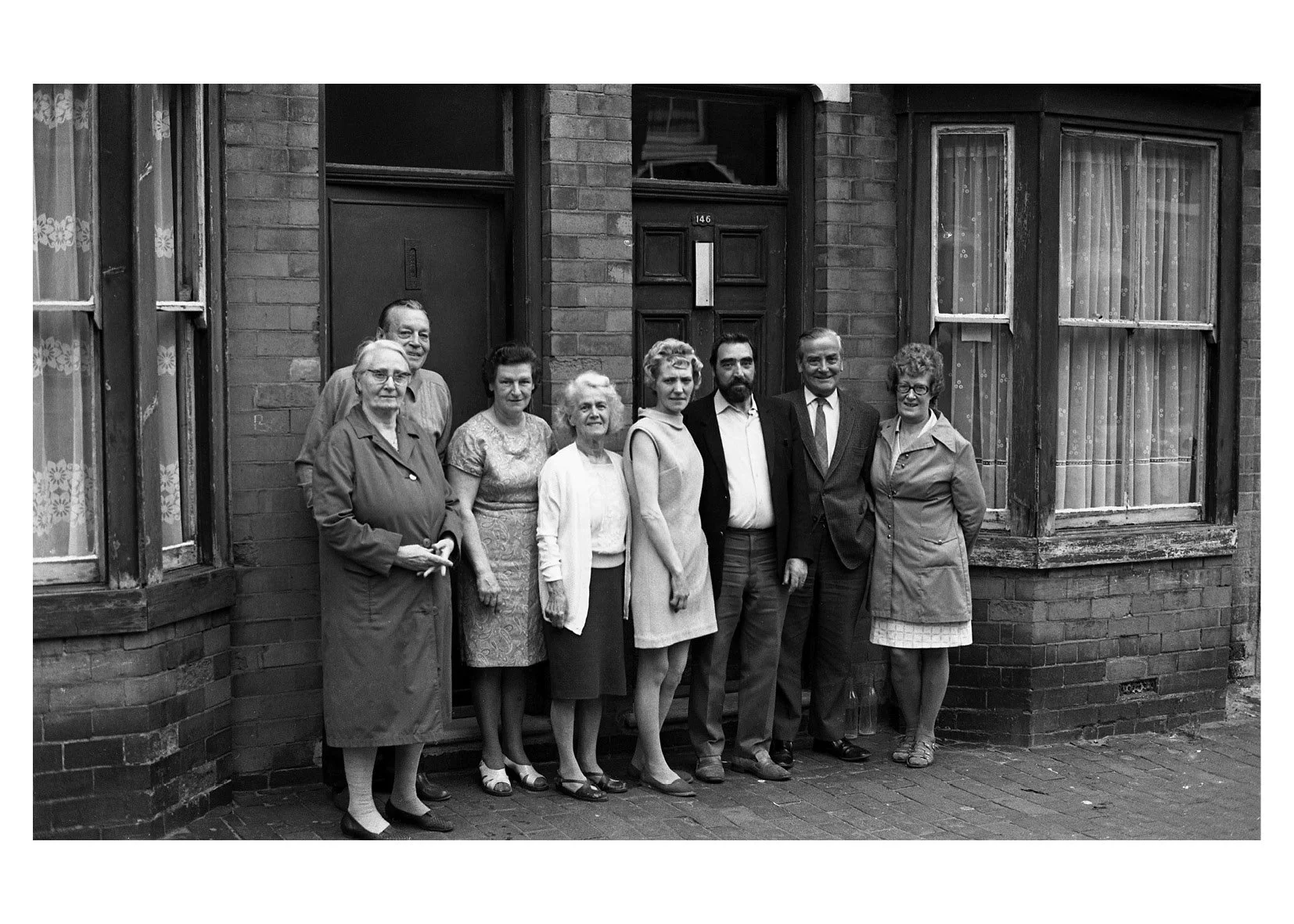 Image 13 of 32
Image 13 of 32

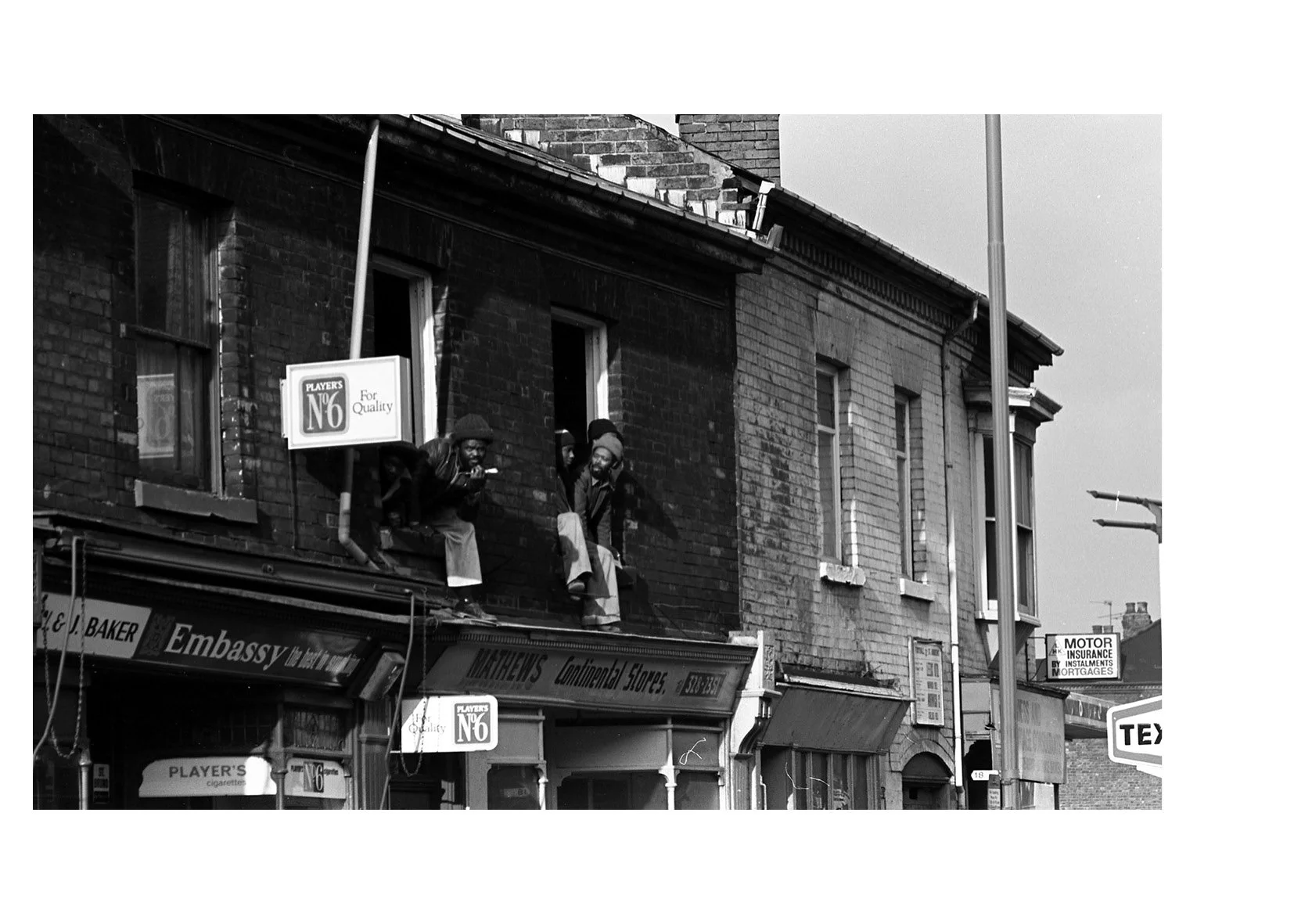 Image 14 of 32
Image 14 of 32

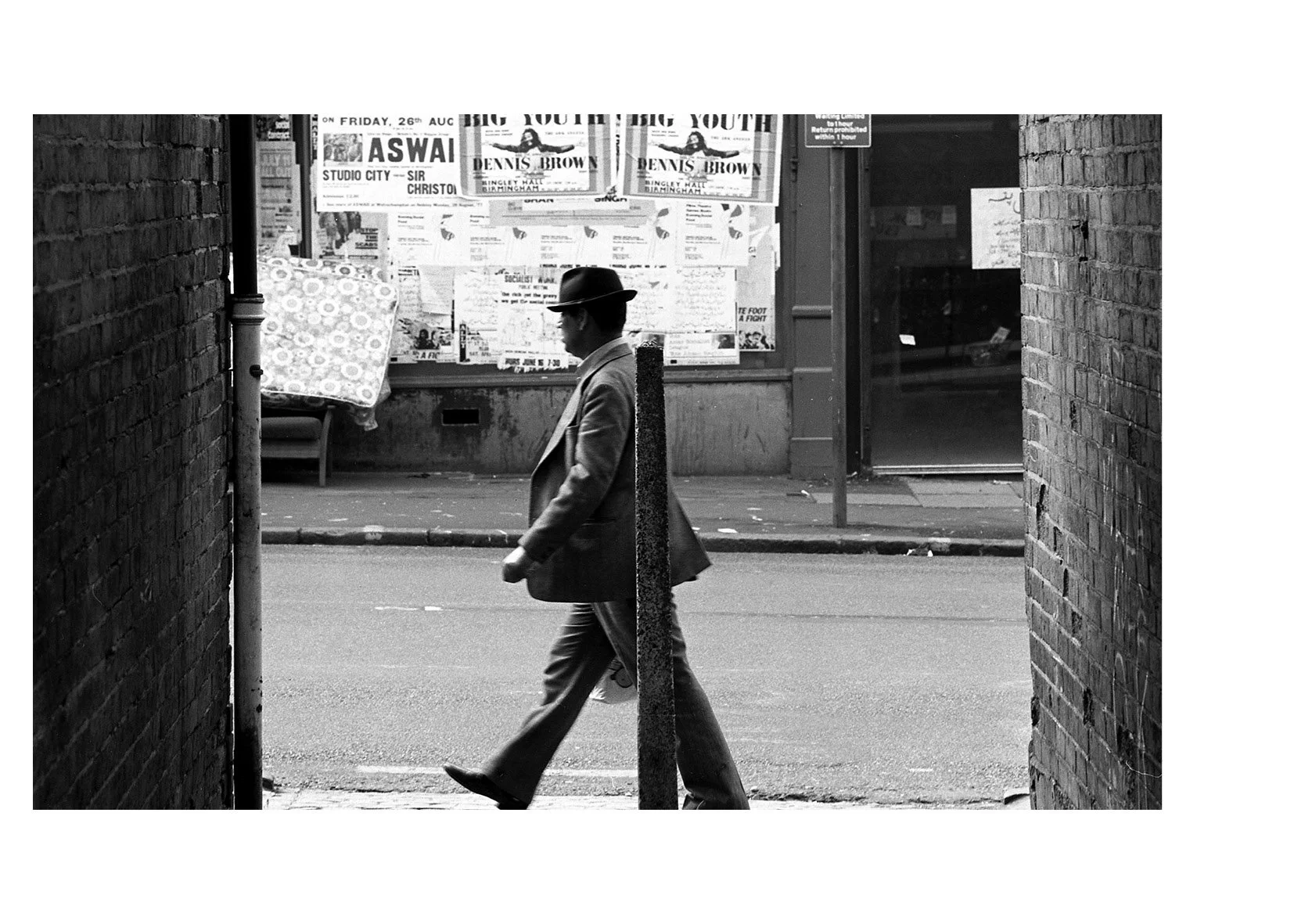 Image 15 of 32
Image 15 of 32

 Image 16 of 32
Image 16 of 32

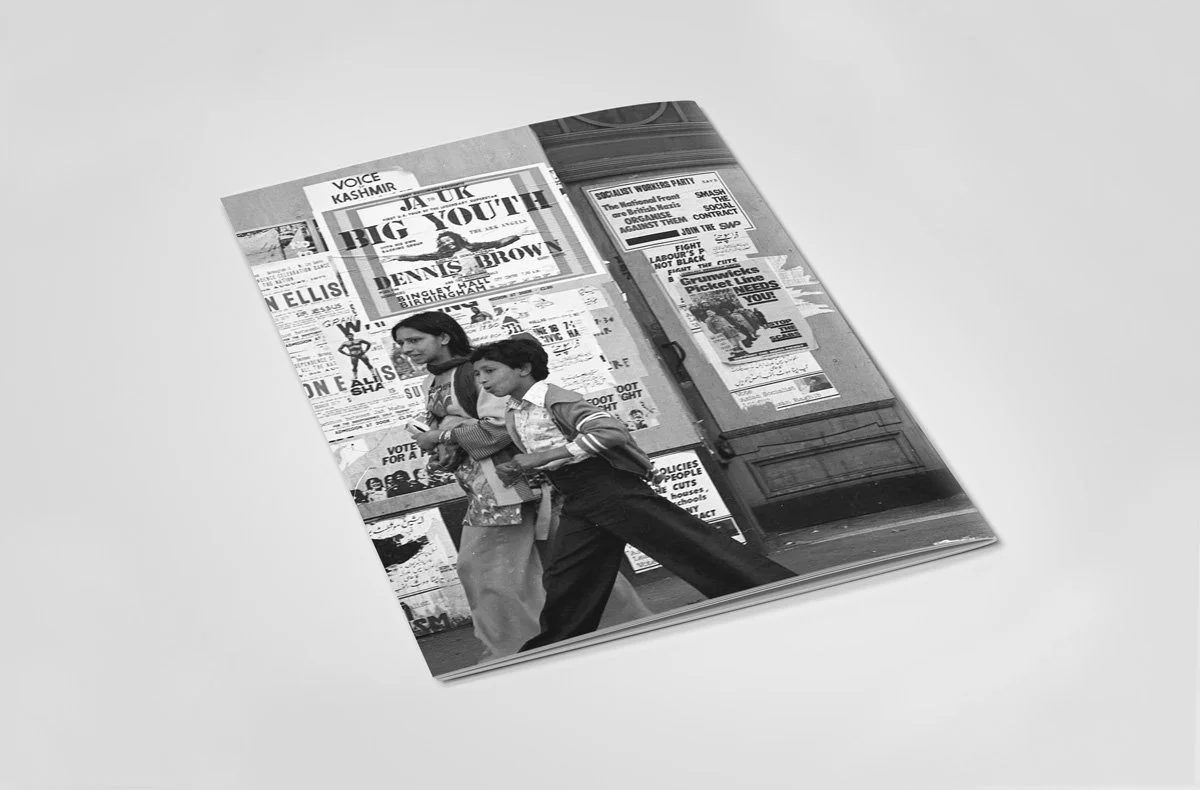 Image 17 of 32
Image 17 of 32

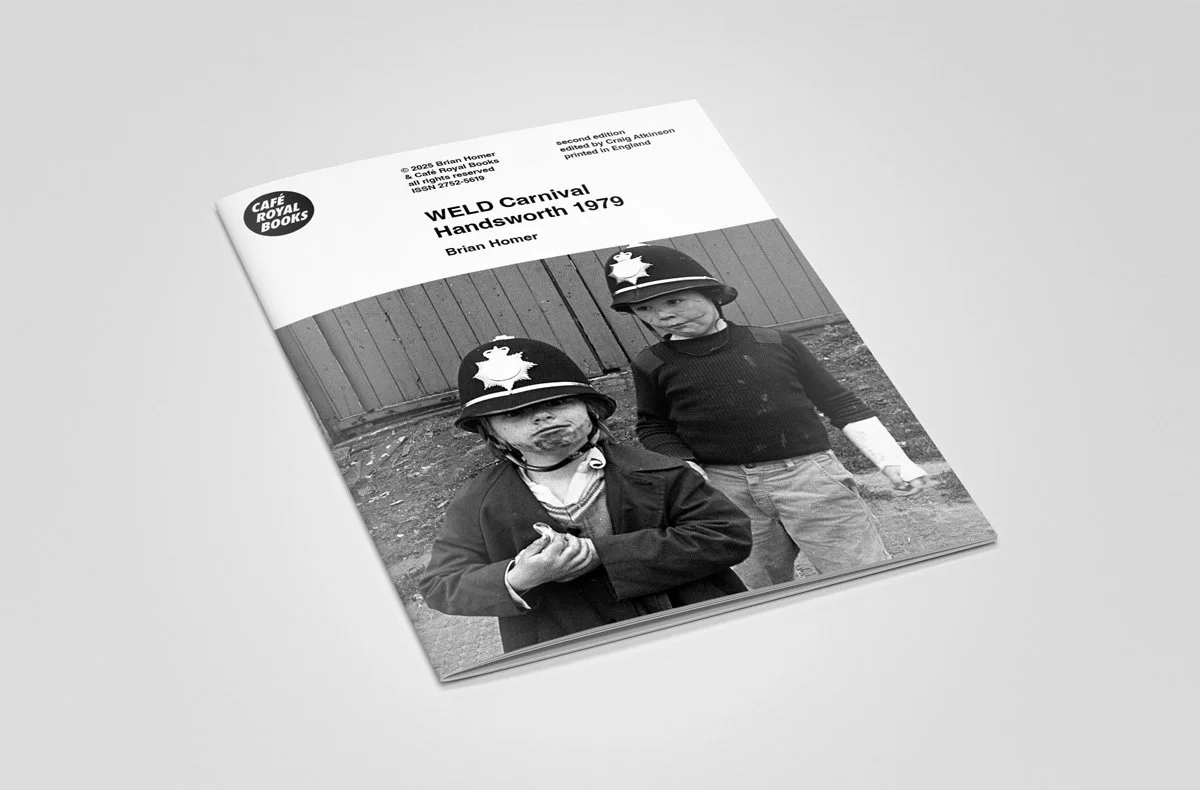 Image 18 of 32
Image 18 of 32

 Image 19 of 32
Image 19 of 32

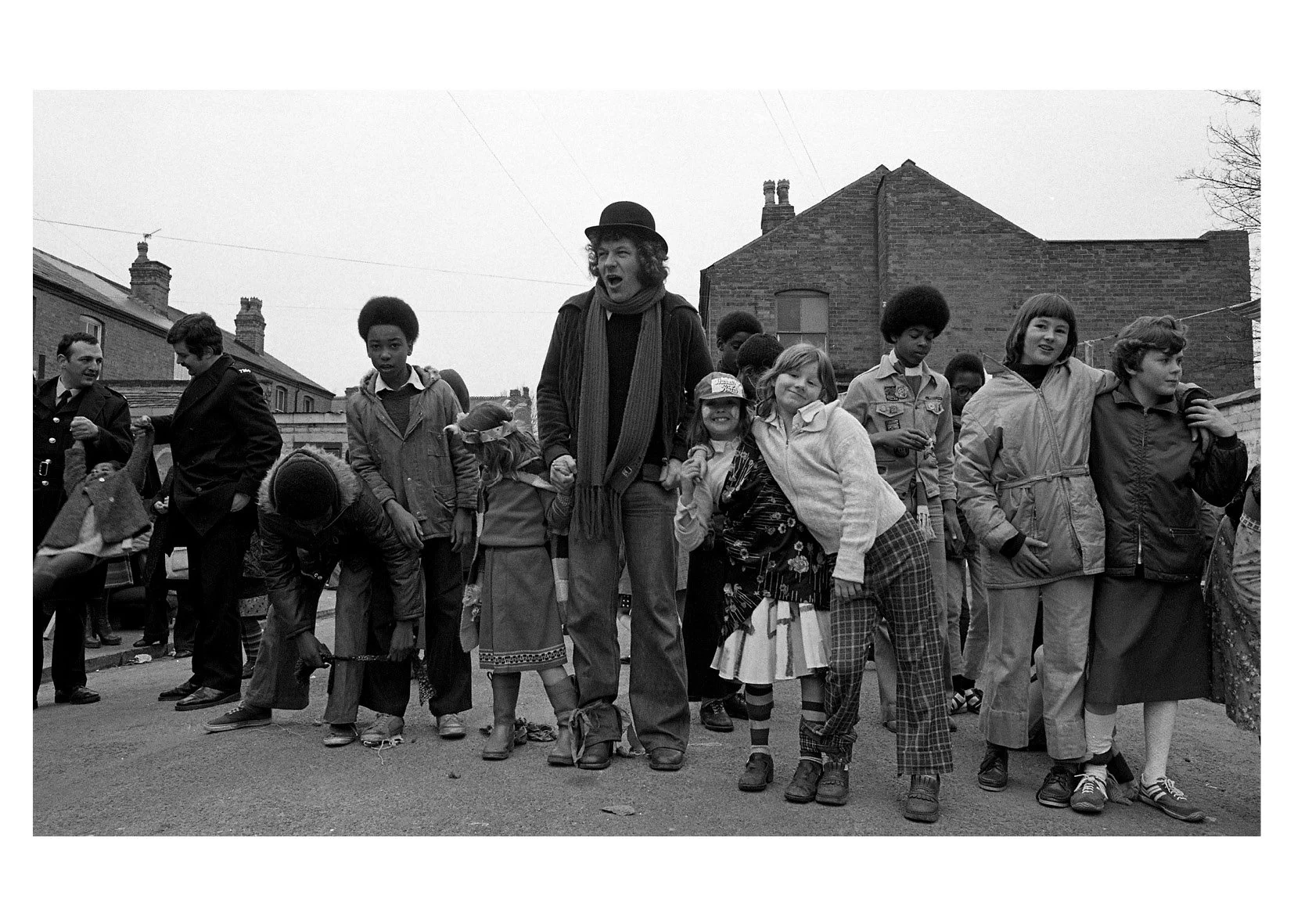 Image 20 of 32
Image 20 of 32

 Image 21 of 32
Image 21 of 32

 Image 22 of 32
Image 22 of 32

 Image 23 of 32
Image 23 of 32

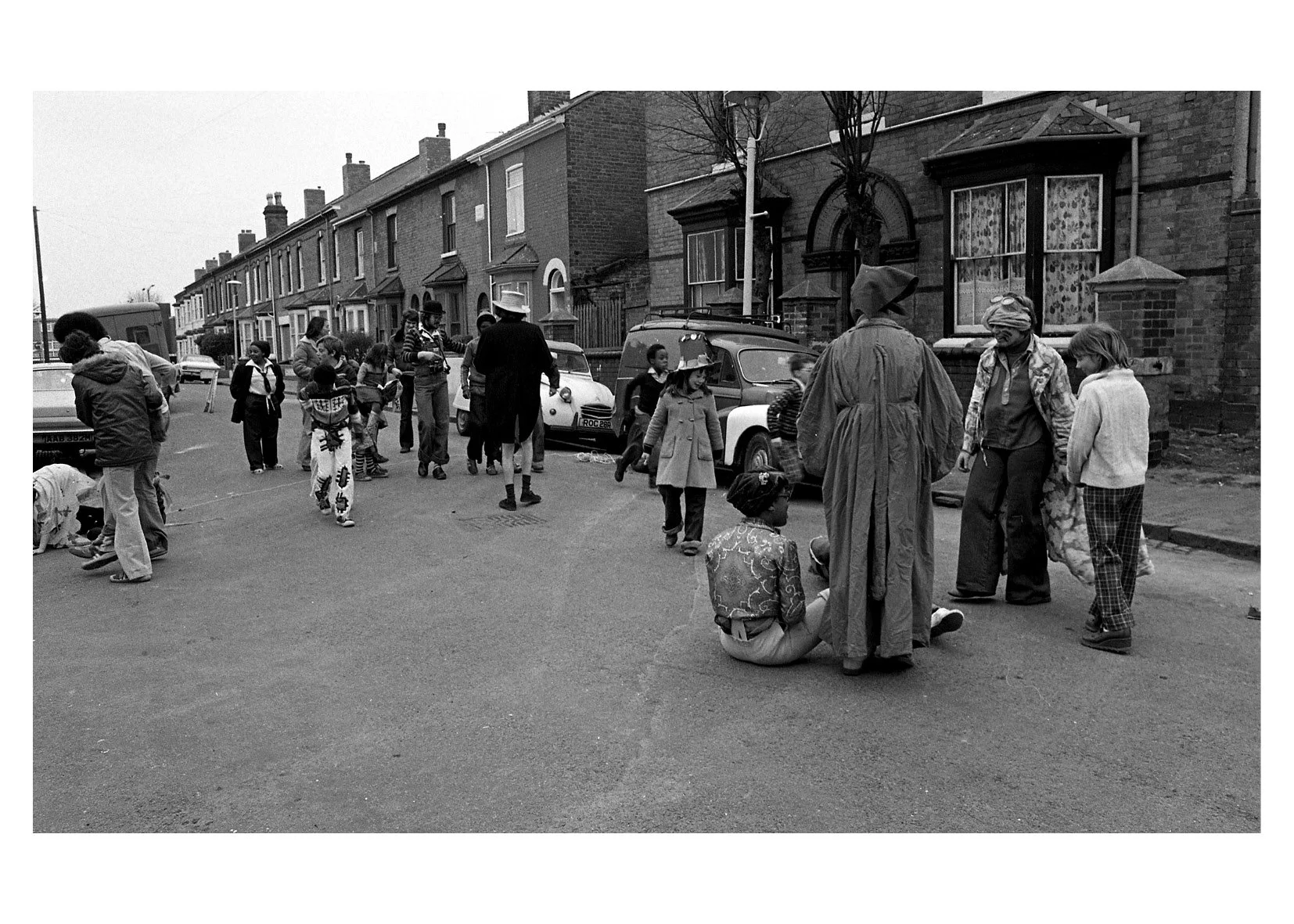 Image 24 of 32
Image 24 of 32

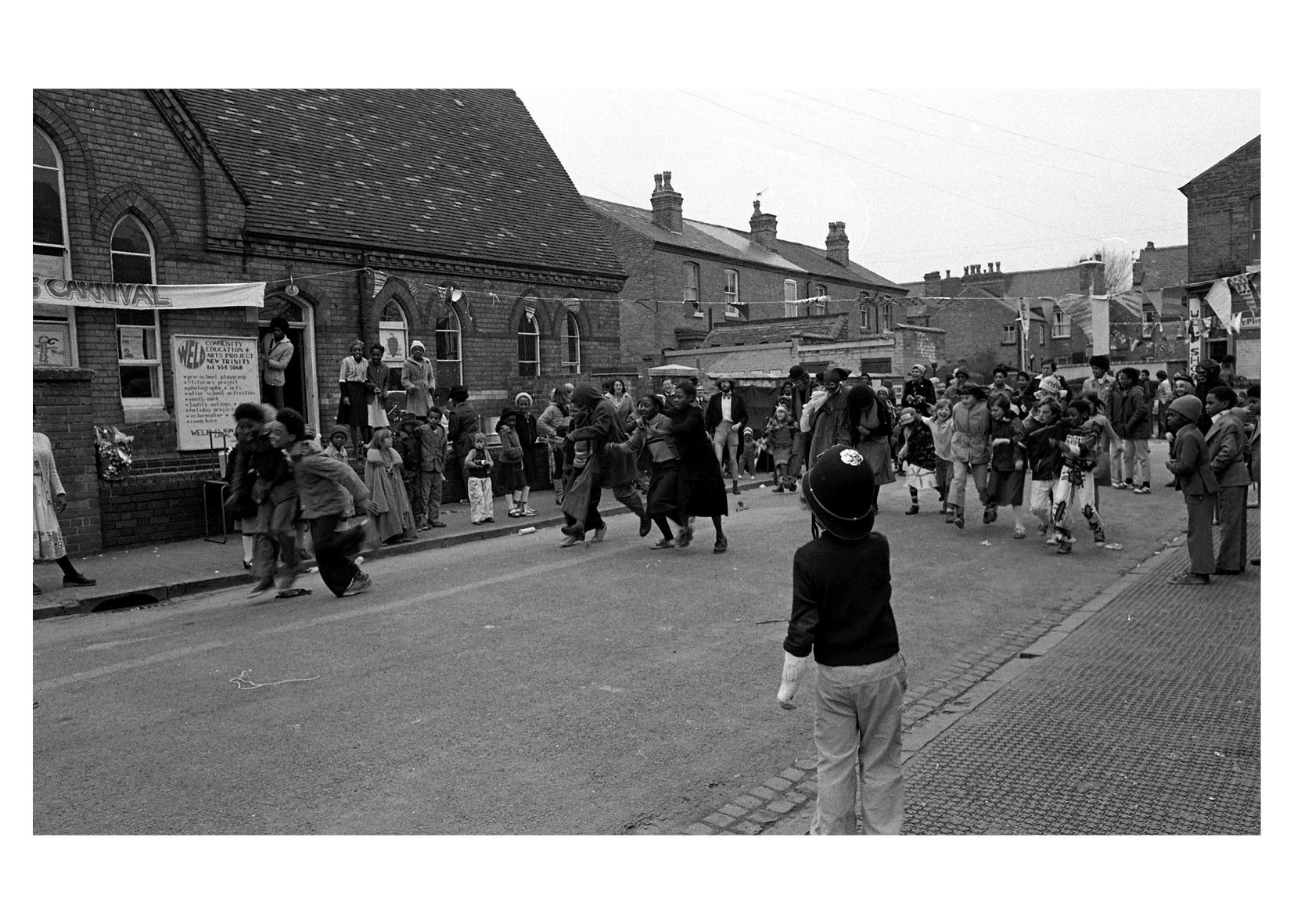 Image 25 of 32
Image 25 of 32

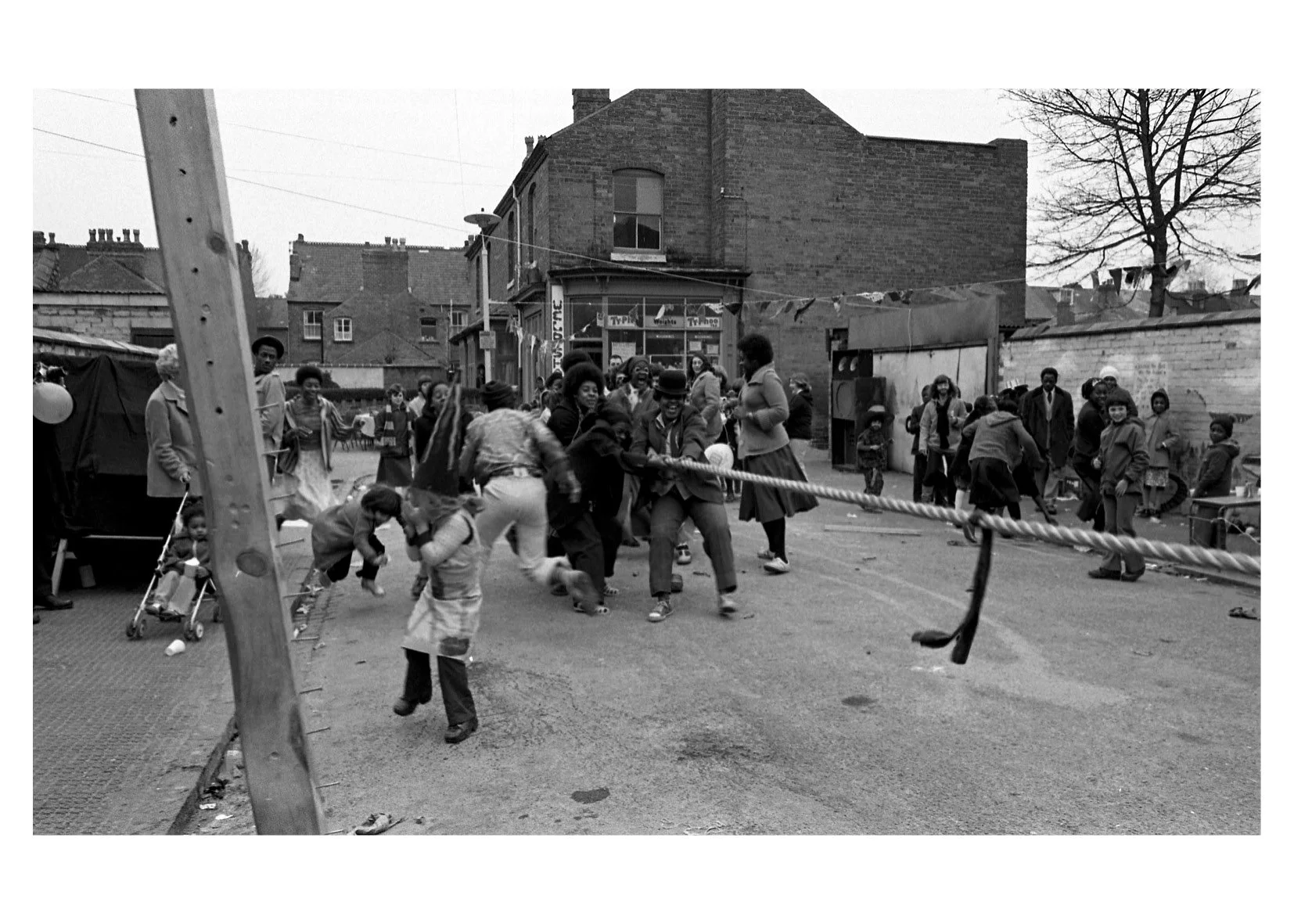 Image 26 of 32
Image 26 of 32

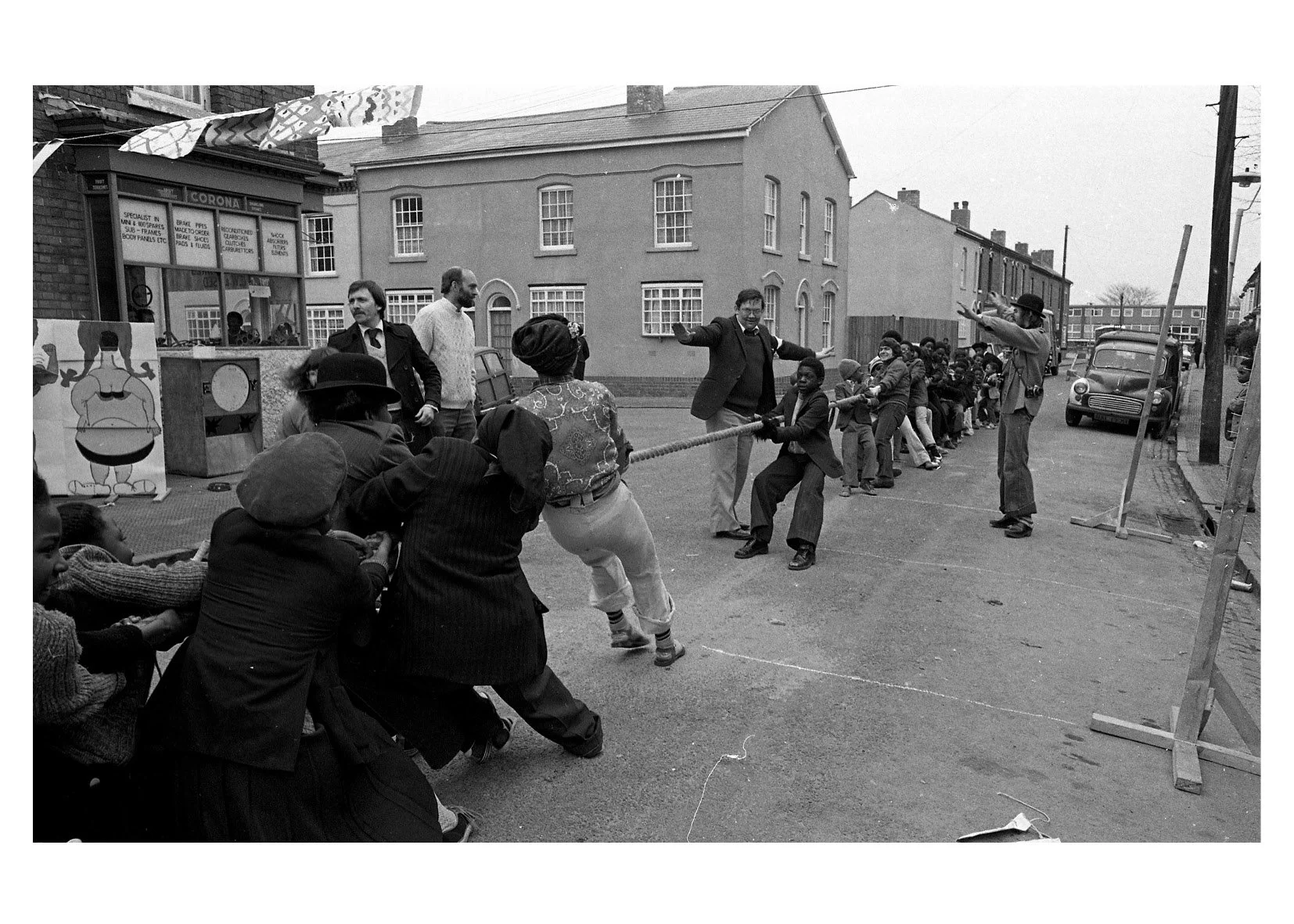 Image 27 of 32
Image 27 of 32

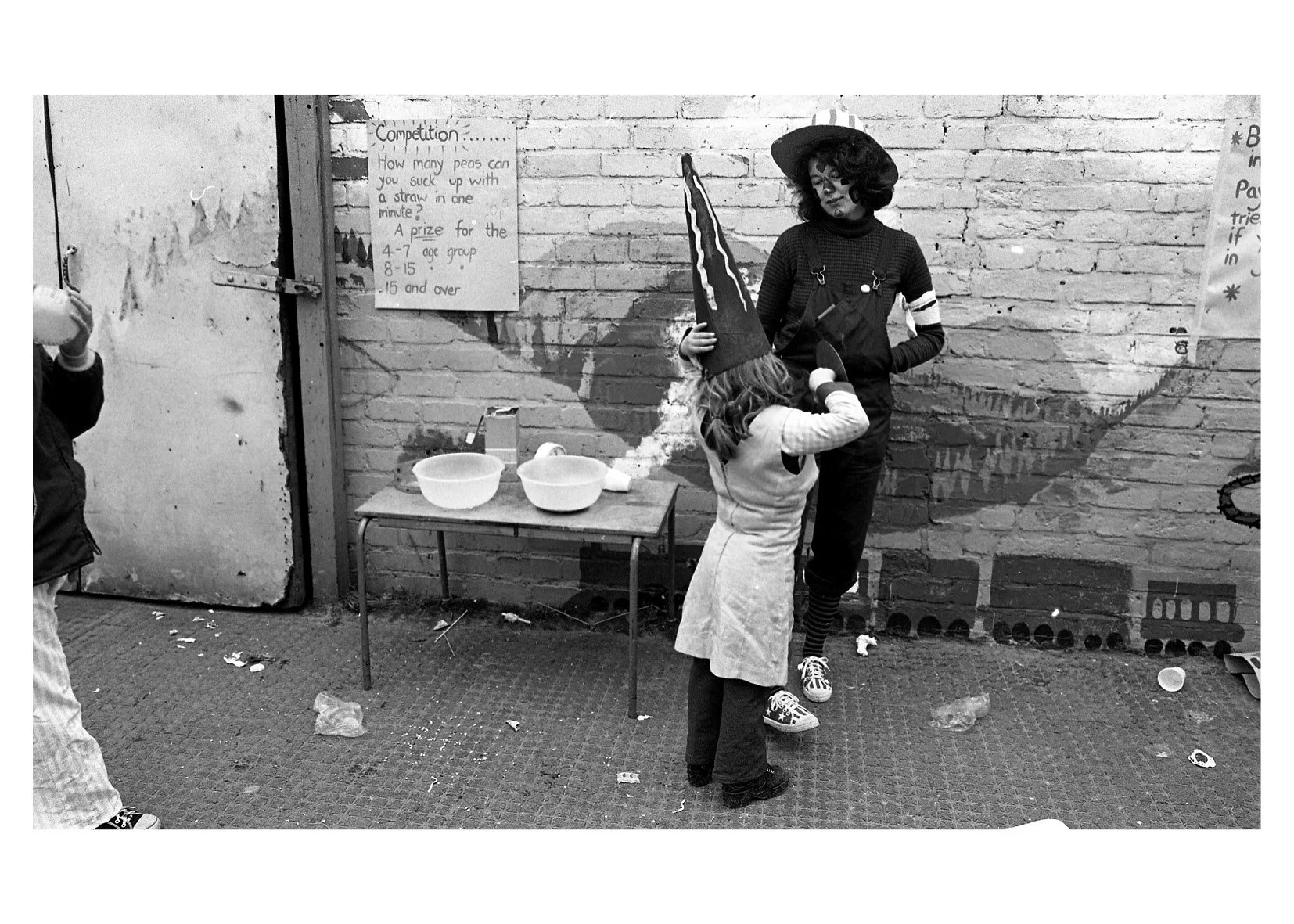 Image 28 of 32
Image 28 of 32

 Image 29 of 32
Image 29 of 32

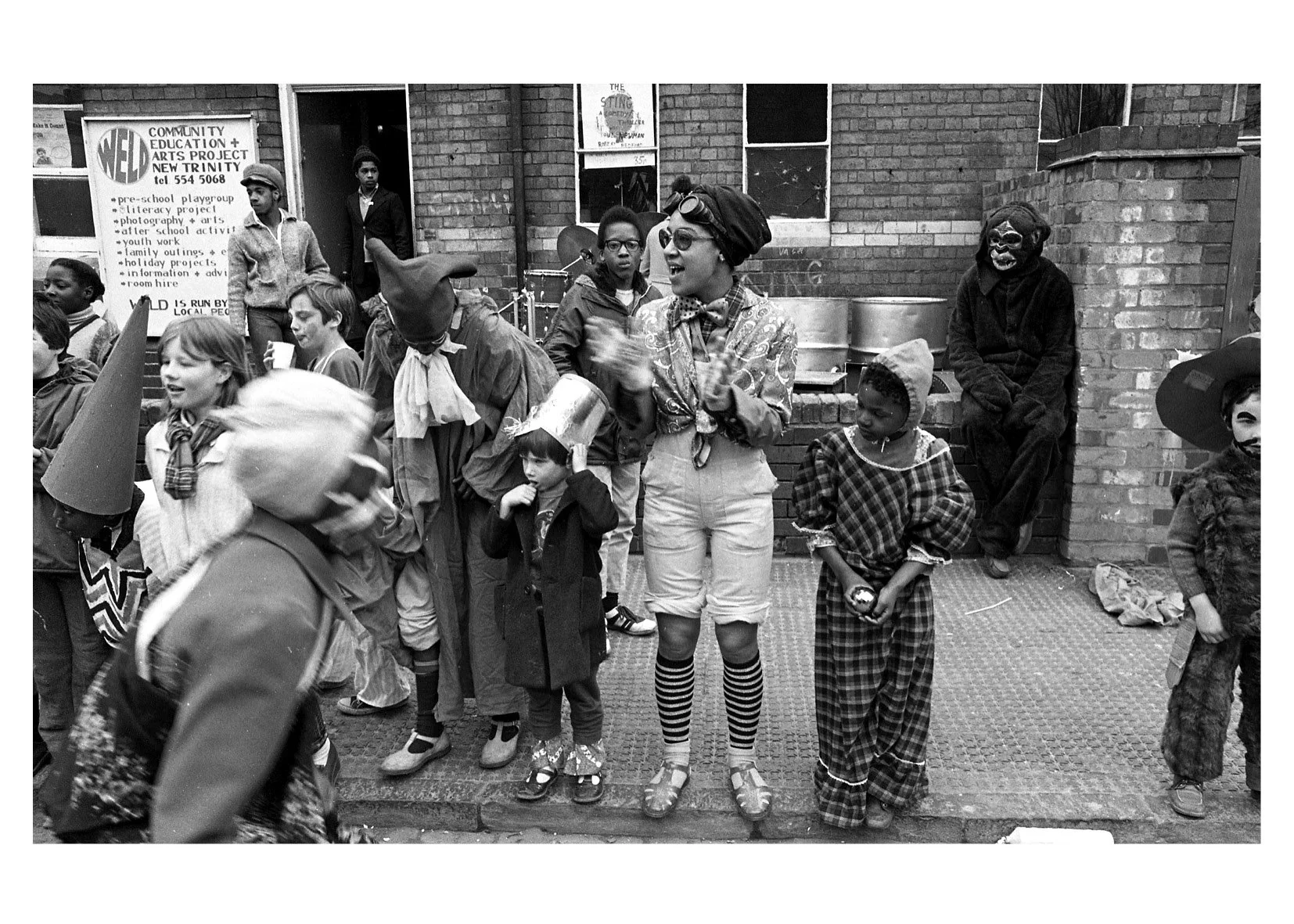 Image 30 of 32
Image 30 of 32

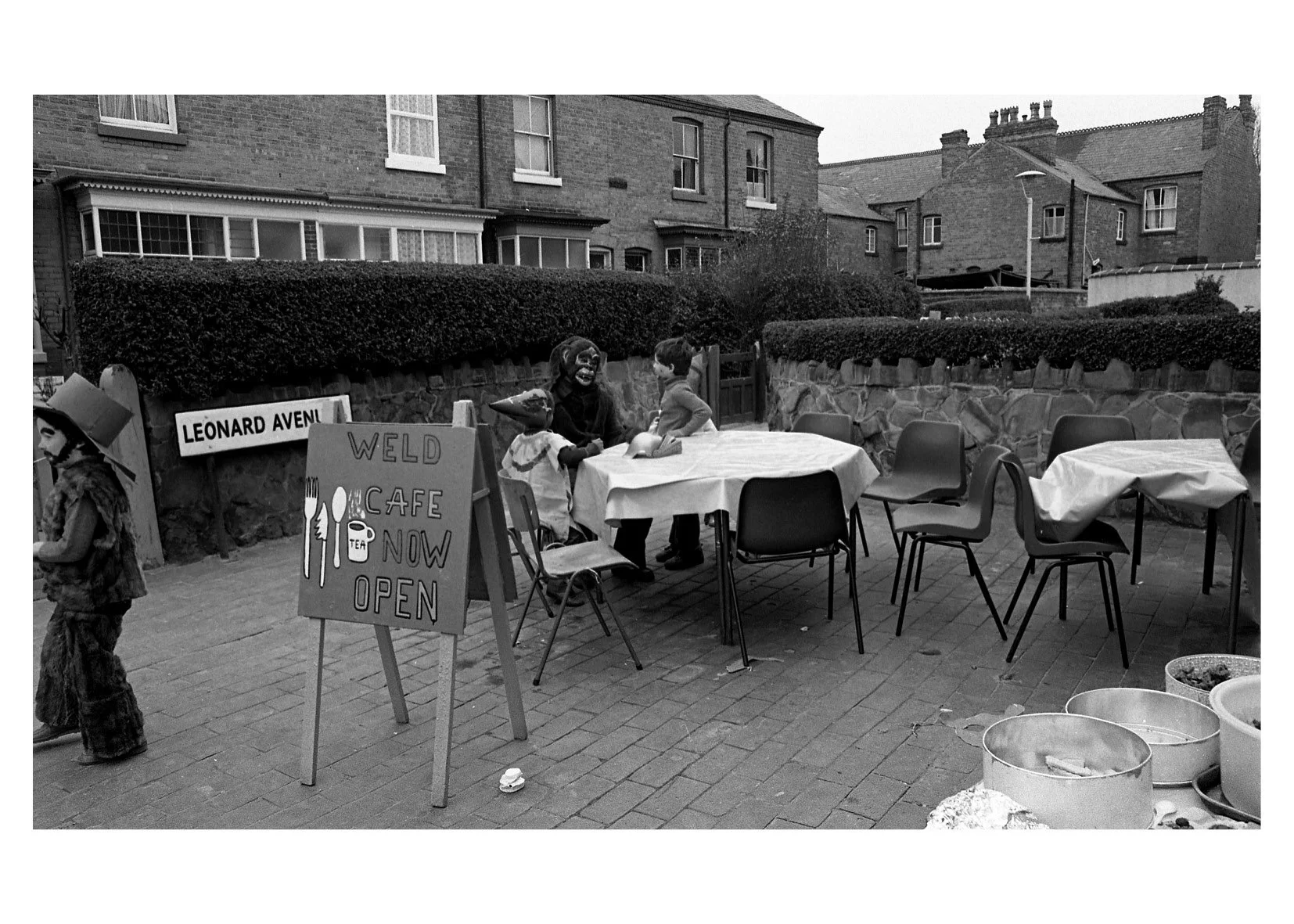 Image 31 of 32
Image 31 of 32

 Image 32 of 32
Image 32 of 32

































Brian Homer — Birmingham Series
WELD Carnival Handsworth 1979
28 pages
Saltley, Birmingham 1978
32 pages
printed in England
staple bound
14cm x 20cm
second editions
Saltley Birmingham 1978
In 1976 I was working on Broadside Magazine which printed stories that the mainstream media missed or misinterpreted and which also had a what’s on section. Through that I got to know the Community Development Project (CDP) in Saltley – a Home Office project that looked at the causes of inner city deprivation. They were looking for a photographer and at that time I was busy on the magazine so I recommended Nick Hedges who went on to take some great pictures for them in 1977.
Then in 1977 the CDP were planning their final reports and asked me if I wanted to design and produce them. This was the impetus for me to set up an agency called Sidelines, Broadside – Sidelines, it wasn’t my greatest naming idea. The CDP work took a while to get going and so my first work was for Handsworth Law Centre. When the CDP reports began landing in 1978 Derek Bishton joined me after leaving the Birmingham Post where he had been Deputy Features Editor. We had Nick’s pictures but to do the reports justice we needed more so I shot the images in this book.
In 2012 a researcher at Nottingham University called David Parker, who was brought up in nearby Washwood Heath, found the CDP Reports and approached Nick and I and we ended up running a Heritage Lottery Fund (HLF) project called Saltley Stories based on our images. The project was led by Norton Hall Children and Family Centre which is based in the building seen in one of the pictures. Amazingly we found many of the people who we photographed anonymously over thirty years before.
Of course times had changed and now it would not be so easy to photograph people on the street as people are more aware of how images can be used and want to know why you are taking pictures. And photographing children on the street without permission is frowned upon. During the HLF project I was running a photographic project with students from a local secondary school and was taking pictures of them from across the street when a car stopped and the driver shouted “why are you photographing children.” To be fair he was happy when I explained what we were doing and the school the students were from.
Saltley remains a vibrant community centred on Alum Rock Road on or near where these images were taken. The community is still made up of many people from the Mirpur region of Azad Kashmir in Pakistan many of whom were displaced by the building of the Mangla Dam in the area.
WELD Carnival 1979
This set of pictures is from the WELD Carnival in 1979. WELD (Westminster Endeavour for Liaison and Development) was a community project set up in 1968 by two teachers from a Primary School in Handsworth, Birmingham. Their idea was to provide support, resources and opportunities to young people – opportunities that they would not otherwise get.
WELD was the first such organisation in the UK to employ a community photographer. Colin Cuthbert was the first and he was followed by Jon Stewart, who is seen in these pictures with a camera slung from his neck.
Colin studied at the famed photography course at Dorrington Road with John Reardon, who Derek Bishton and I had first met working on Grapevine Magazine earlier in the 1970s. So we got to know WELD at that time. Later, Derek moved into a house just across the road from the project and by 1979 Derek, John and I shared an office in Grove Lane, a mile or so away, where we ran the design and photography agency Sidelines
Later in 1979, Derek, John and I created the Handsworth Self Portrait Project and, with others, founded Ten.8 Photography Magazine. Then, when Jon left WELD at the end of 1980, Sidelines ran the community photography project for six months or so until a permanent replacement was recruited.
As well as WELD staff and friends, these photographs show several people who took part in the photography project, including Sharon Smith and Pauline Weir. The images give a flavour of the project and its rather anarchic (in a good way) approach, where art was used to give young people a vision of the possibilities beyond the confines of the inner city.
WELD closed its doors in the early 90s, and so ended a positive example of cross-cultural community action which had photography at its centre.
Brian Homer 2019
WELD Carnival Handsworth 1979
28 pages
Saltley, Birmingham 1978
32 pages
printed in England
staple bound
14cm x 20cm
second editions
Saltley Birmingham 1978
In 1976 I was working on Broadside Magazine which printed stories that the mainstream media missed or misinterpreted and which also had a what’s on section. Through that I got to know the Community Development Project (CDP) in Saltley – a Home Office project that looked at the causes of inner city deprivation. They were looking for a photographer and at that time I was busy on the magazine so I recommended Nick Hedges who went on to take some great pictures for them in 1977.
Then in 1977 the CDP were planning their final reports and asked me if I wanted to design and produce them. This was the impetus for me to set up an agency called Sidelines, Broadside – Sidelines, it wasn’t my greatest naming idea. The CDP work took a while to get going and so my first work was for Handsworth Law Centre. When the CDP reports began landing in 1978 Derek Bishton joined me after leaving the Birmingham Post where he had been Deputy Features Editor. We had Nick’s pictures but to do the reports justice we needed more so I shot the images in this book.
In 2012 a researcher at Nottingham University called David Parker, who was brought up in nearby Washwood Heath, found the CDP Reports and approached Nick and I and we ended up running a Heritage Lottery Fund (HLF) project called Saltley Stories based on our images. The project was led by Norton Hall Children and Family Centre which is based in the building seen in one of the pictures. Amazingly we found many of the people who we photographed anonymously over thirty years before.
Of course times had changed and now it would not be so easy to photograph people on the street as people are more aware of how images can be used and want to know why you are taking pictures. And photographing children on the street without permission is frowned upon. During the HLF project I was running a photographic project with students from a local secondary school and was taking pictures of them from across the street when a car stopped and the driver shouted “why are you photographing children.” To be fair he was happy when I explained what we were doing and the school the students were from.
Saltley remains a vibrant community centred on Alum Rock Road on or near where these images were taken. The community is still made up of many people from the Mirpur region of Azad Kashmir in Pakistan many of whom were displaced by the building of the Mangla Dam in the area.
WELD Carnival 1979
This set of pictures is from the WELD Carnival in 1979. WELD (Westminster Endeavour for Liaison and Development) was a community project set up in 1968 by two teachers from a Primary School in Handsworth, Birmingham. Their idea was to provide support, resources and opportunities to young people – opportunities that they would not otherwise get.
WELD was the first such organisation in the UK to employ a community photographer. Colin Cuthbert was the first and he was followed by Jon Stewart, who is seen in these pictures with a camera slung from his neck.
Colin studied at the famed photography course at Dorrington Road with John Reardon, who Derek Bishton and I had first met working on Grapevine Magazine earlier in the 1970s. So we got to know WELD at that time. Later, Derek moved into a house just across the road from the project and by 1979 Derek, John and I shared an office in Grove Lane, a mile or so away, where we ran the design and photography agency Sidelines
Later in 1979, Derek, John and I created the Handsworth Self Portrait Project and, with others, founded Ten.8 Photography Magazine. Then, when Jon left WELD at the end of 1980, Sidelines ran the community photography project for six months or so until a permanent replacement was recruited.
As well as WELD staff and friends, these photographs show several people who took part in the photography project, including Sharon Smith and Pauline Weir. The images give a flavour of the project and its rather anarchic (in a good way) approach, where art was used to give young people a vision of the possibilities beyond the confines of the inner city.
WELD closed its doors in the early 90s, and so ended a positive example of cross-cultural community action which had photography at its centre.
Brian Homer 2019


